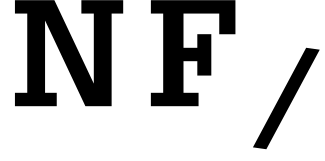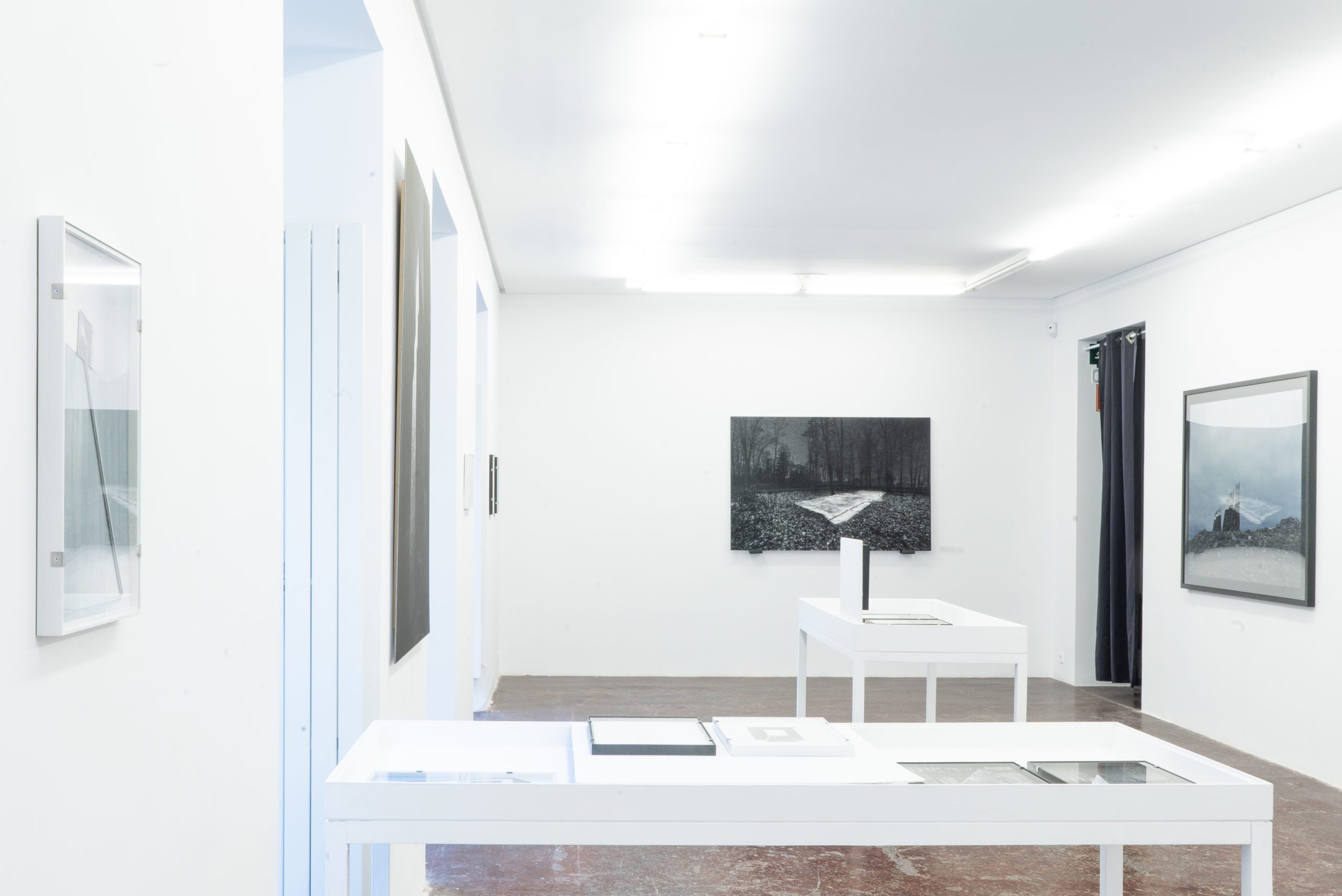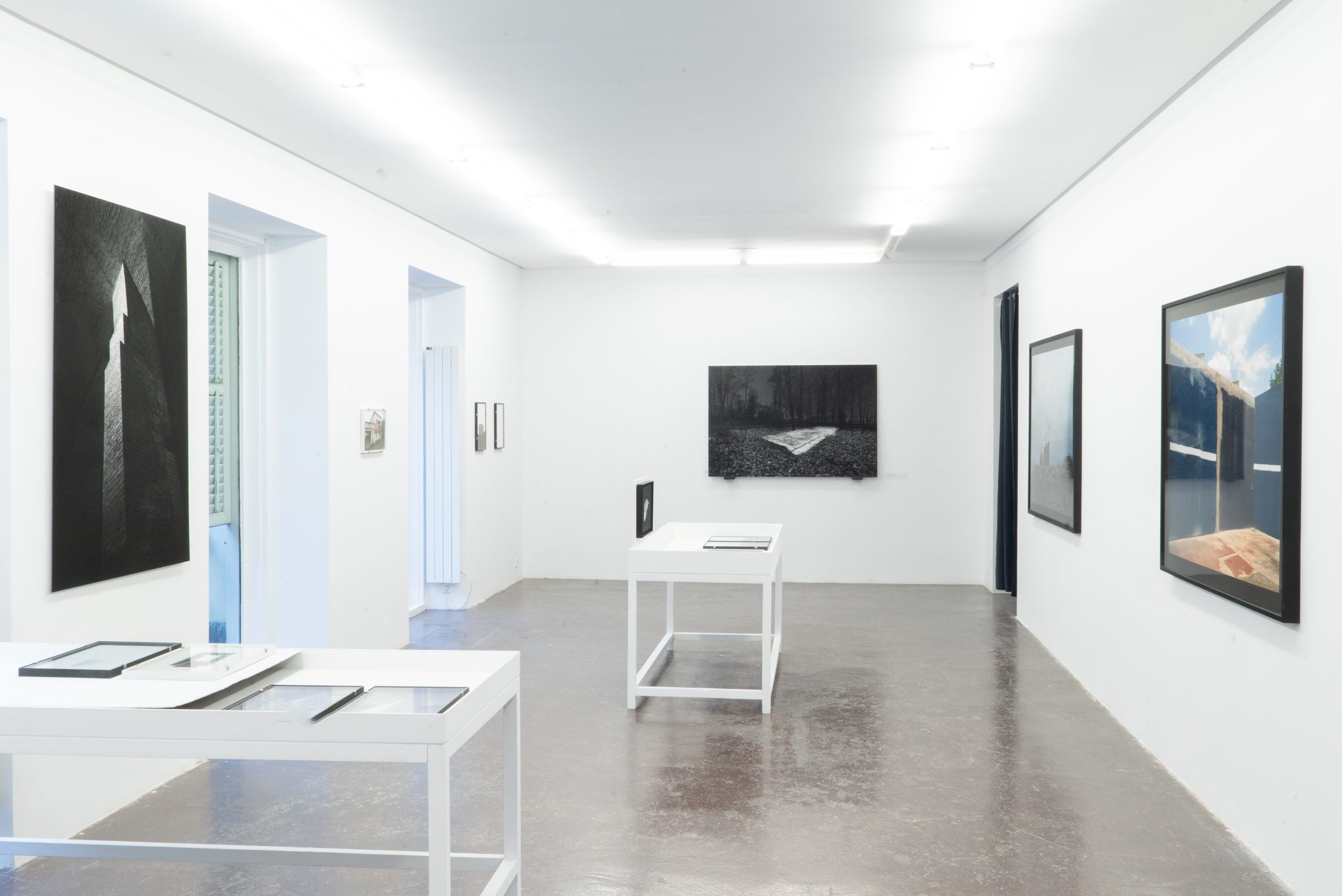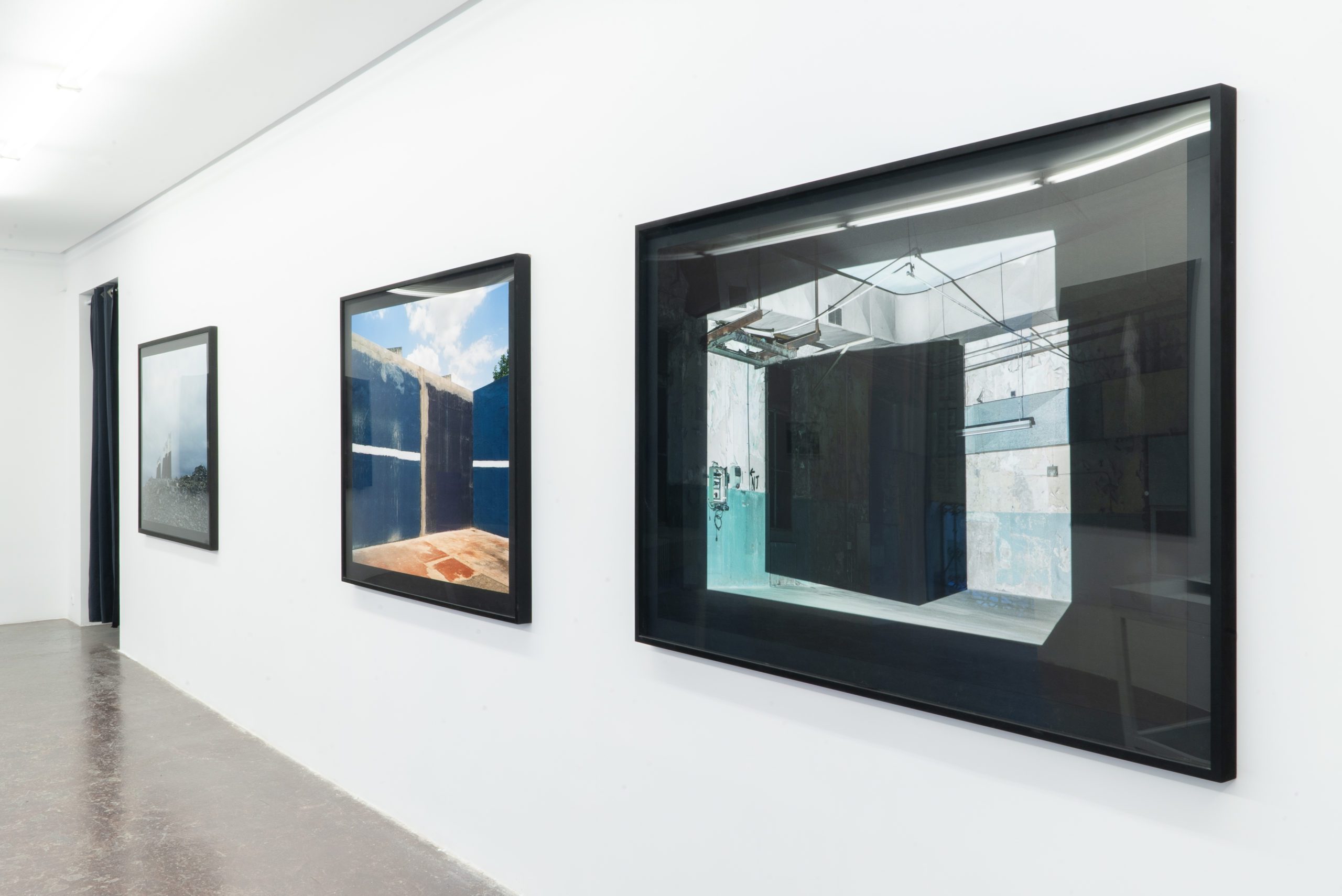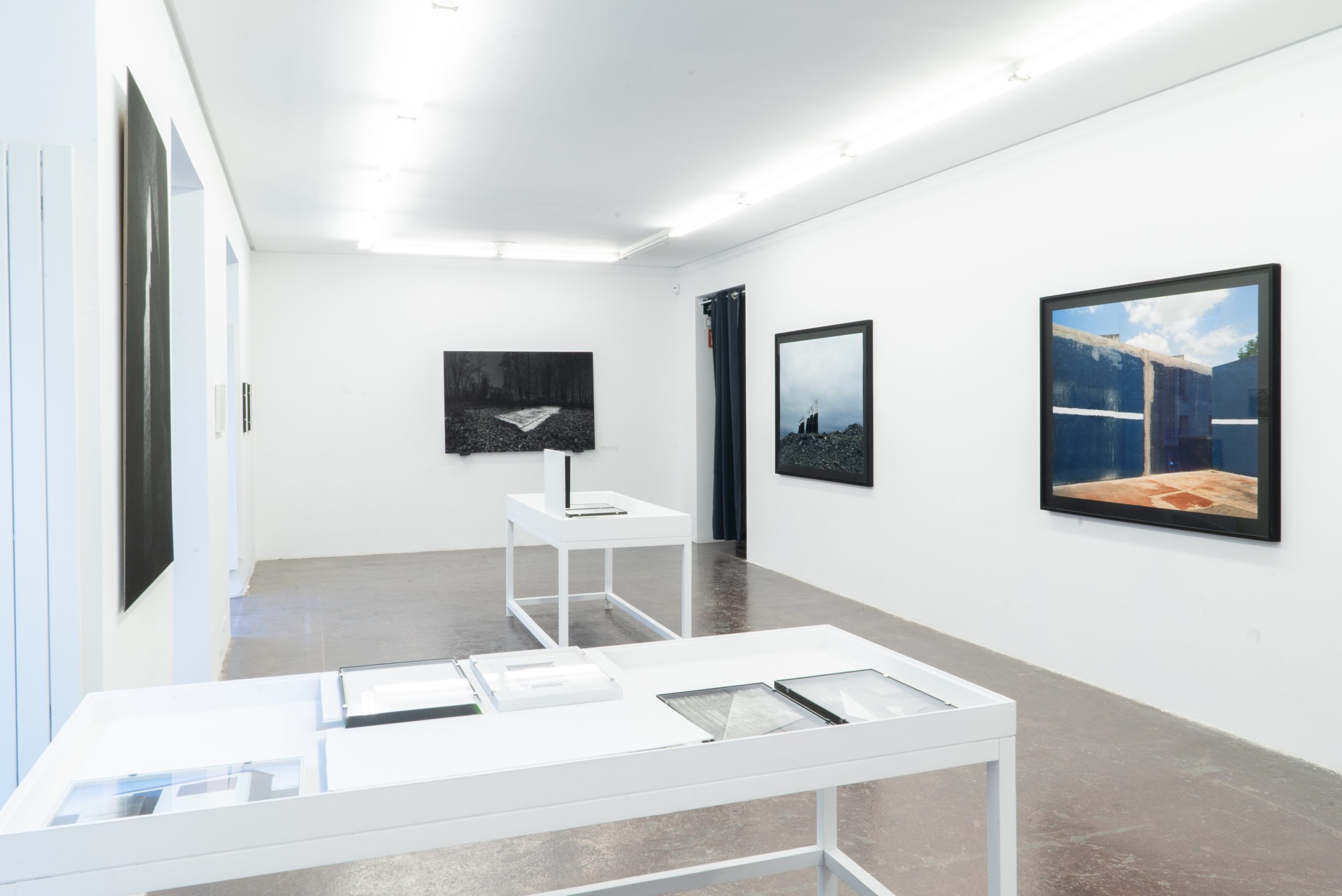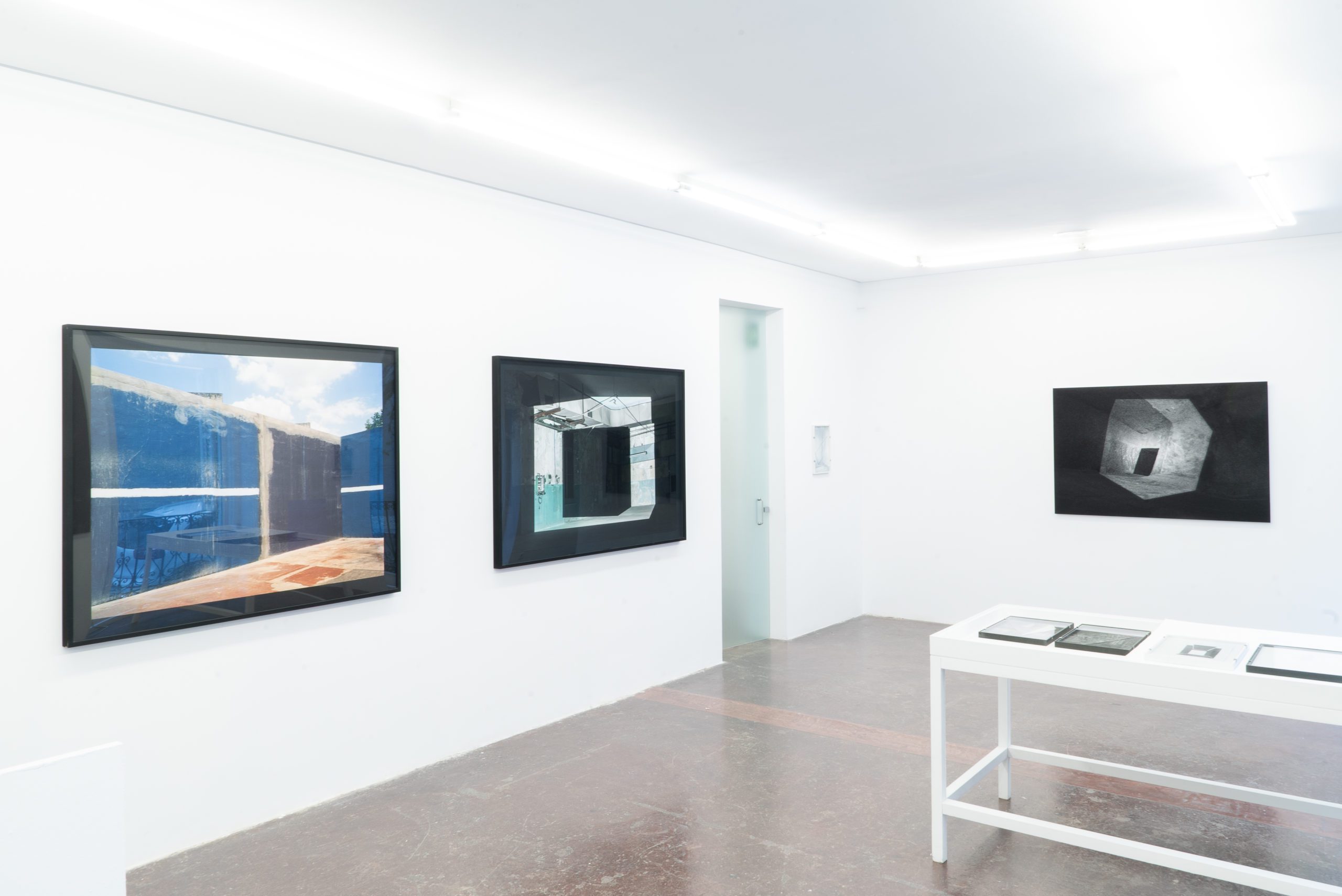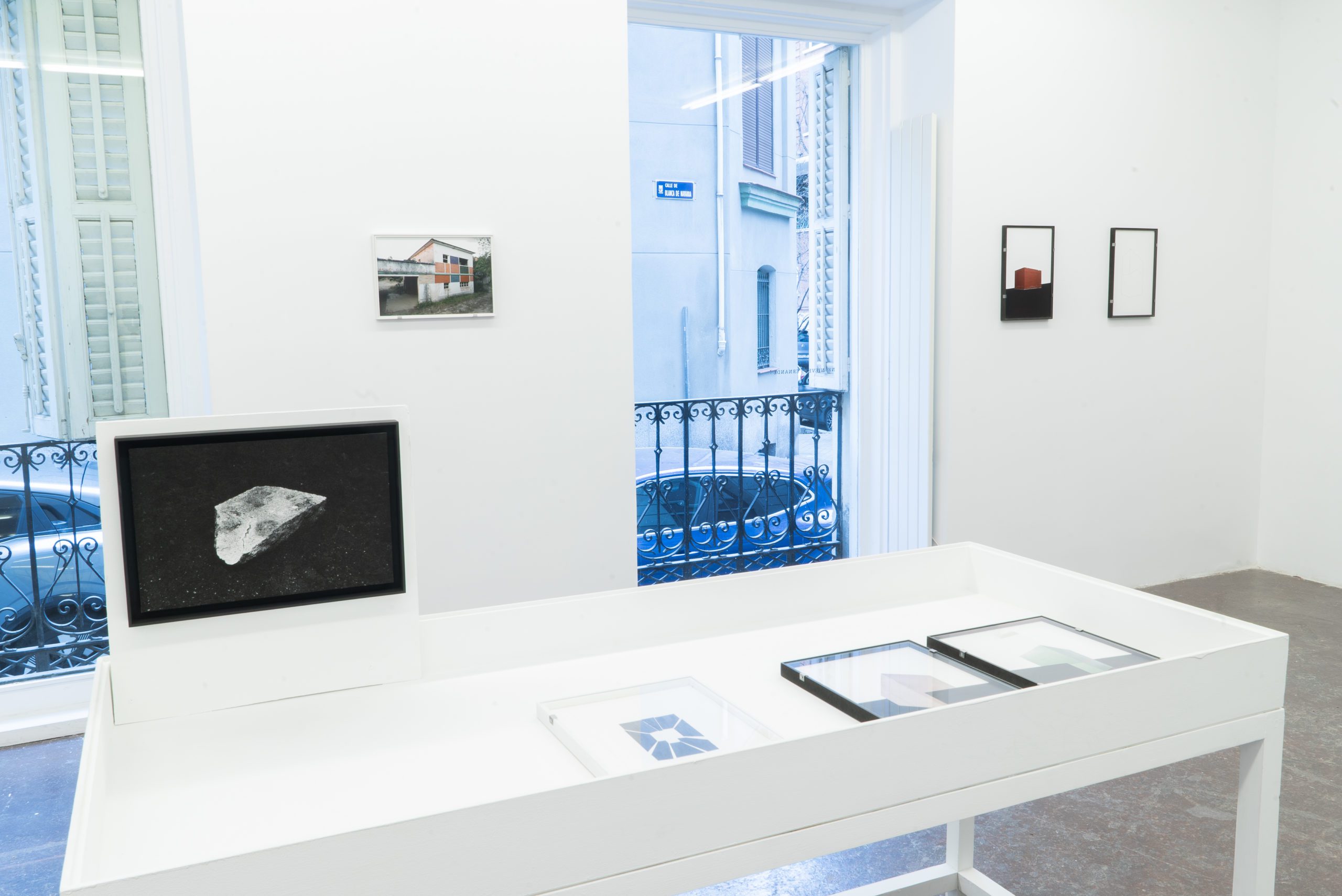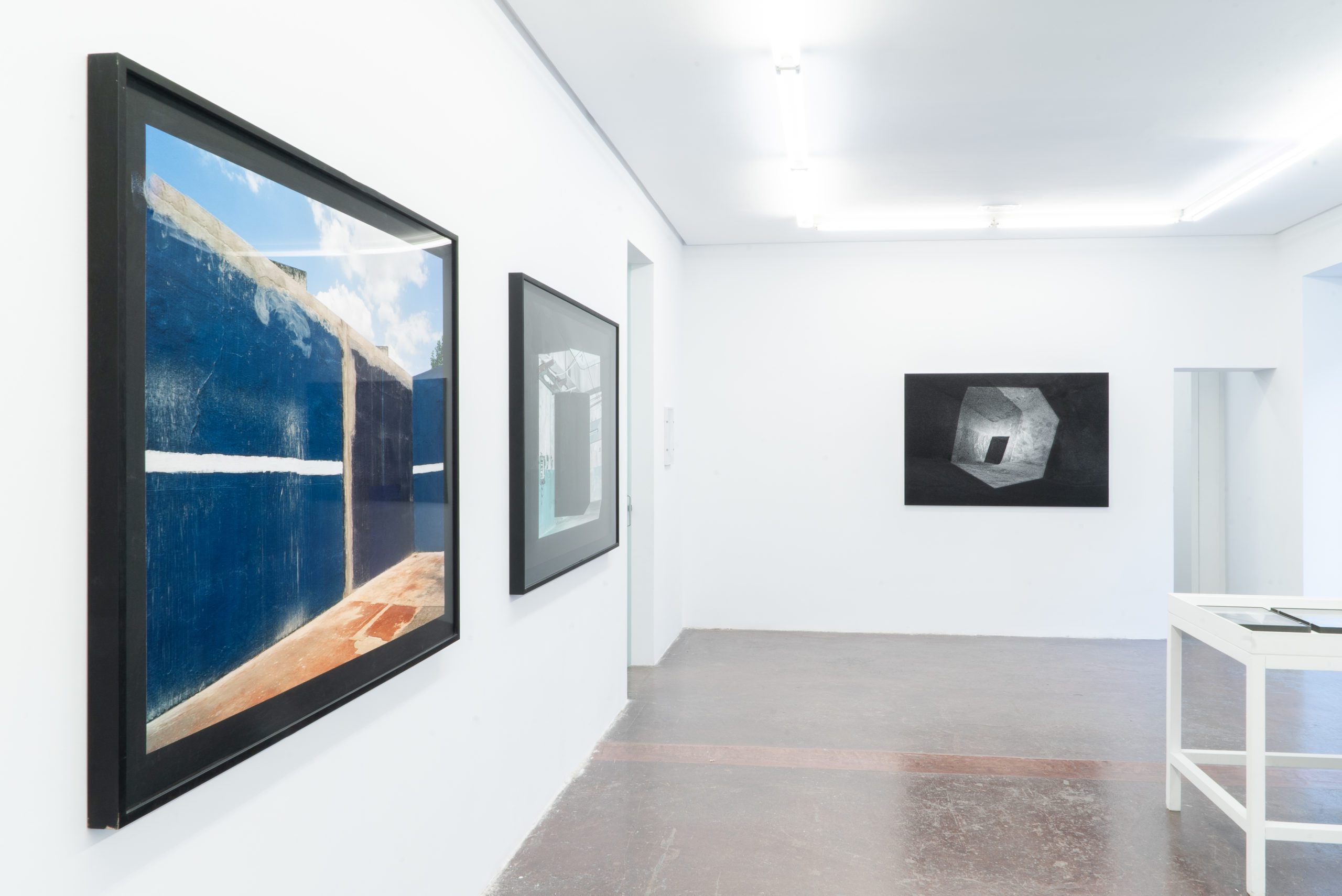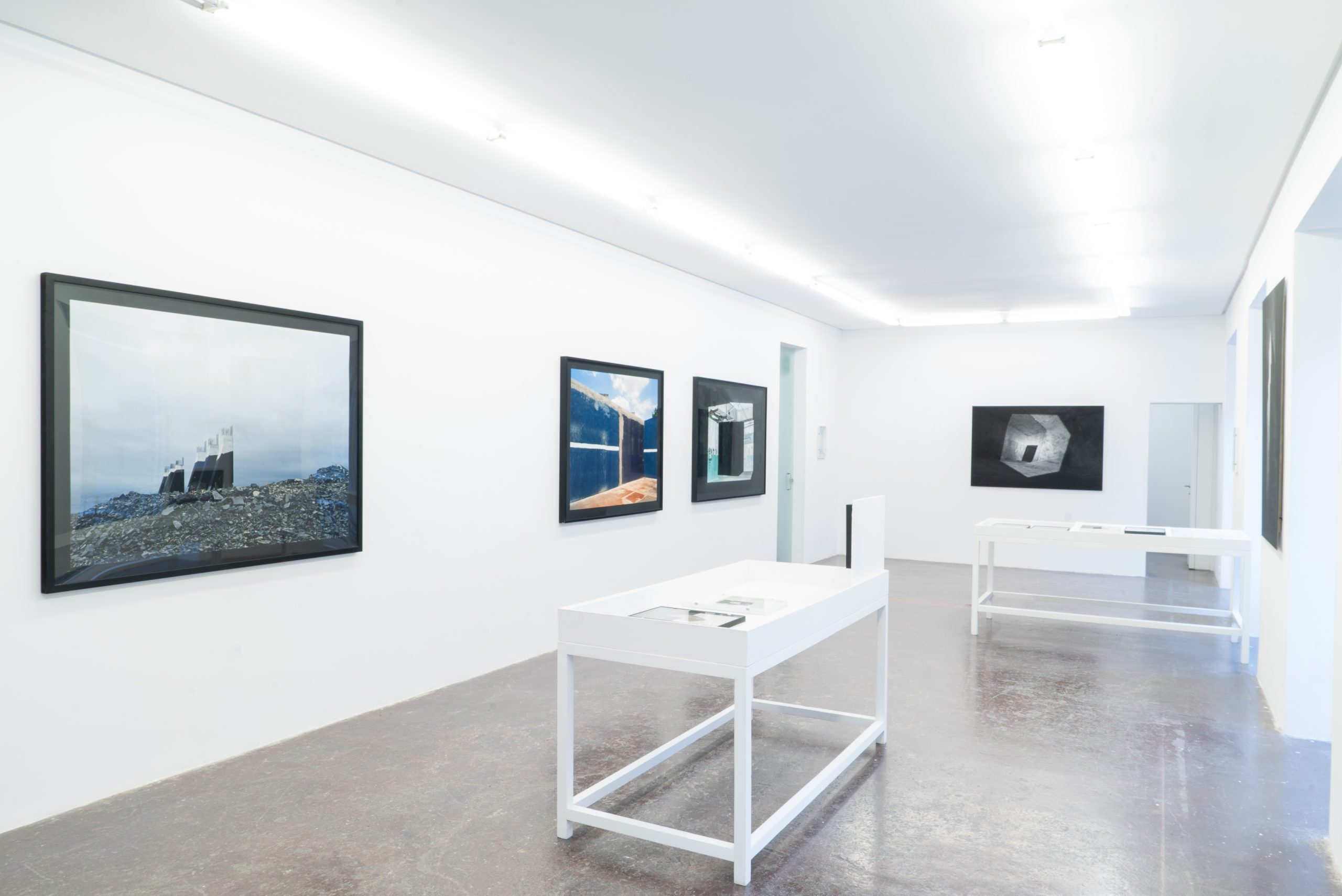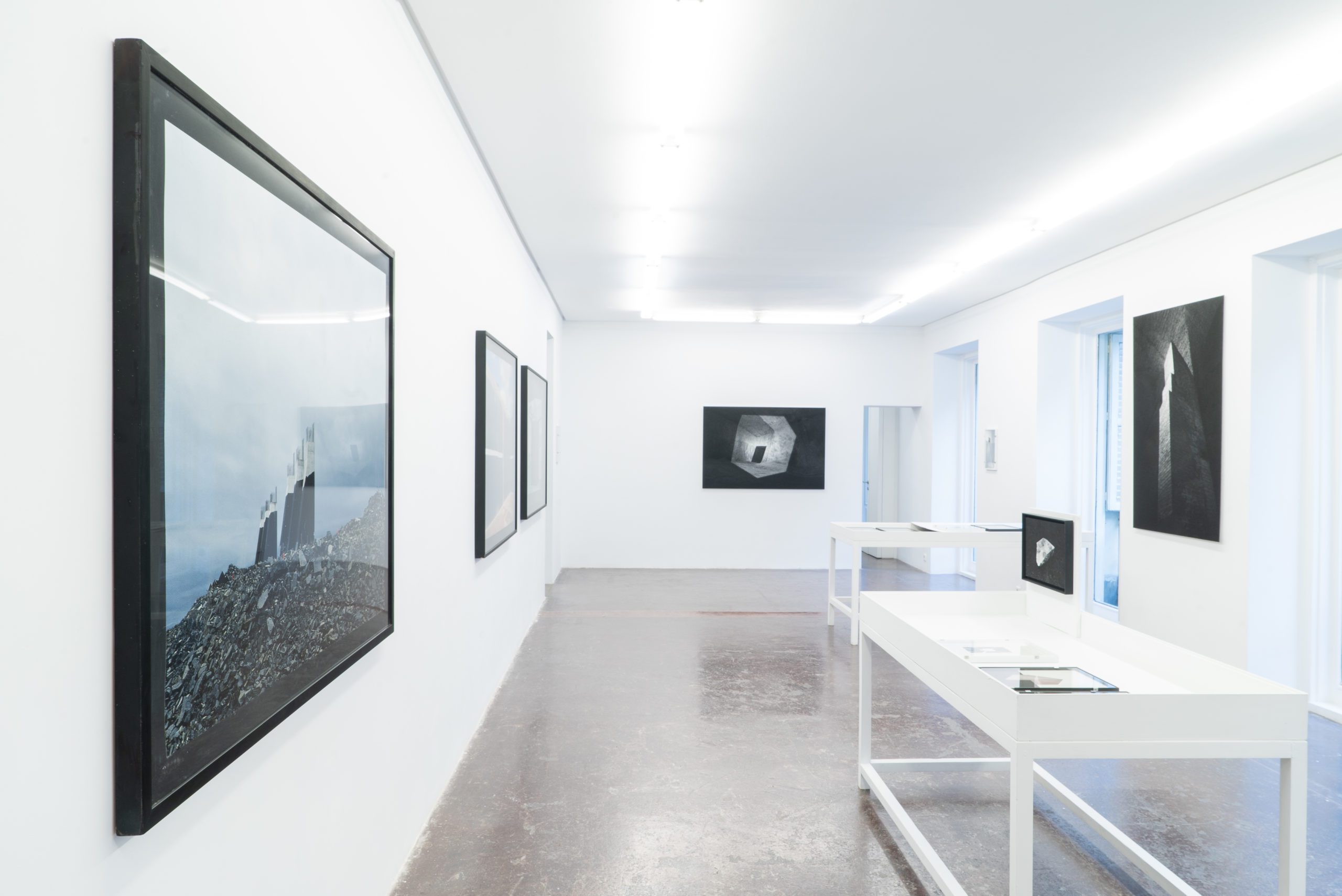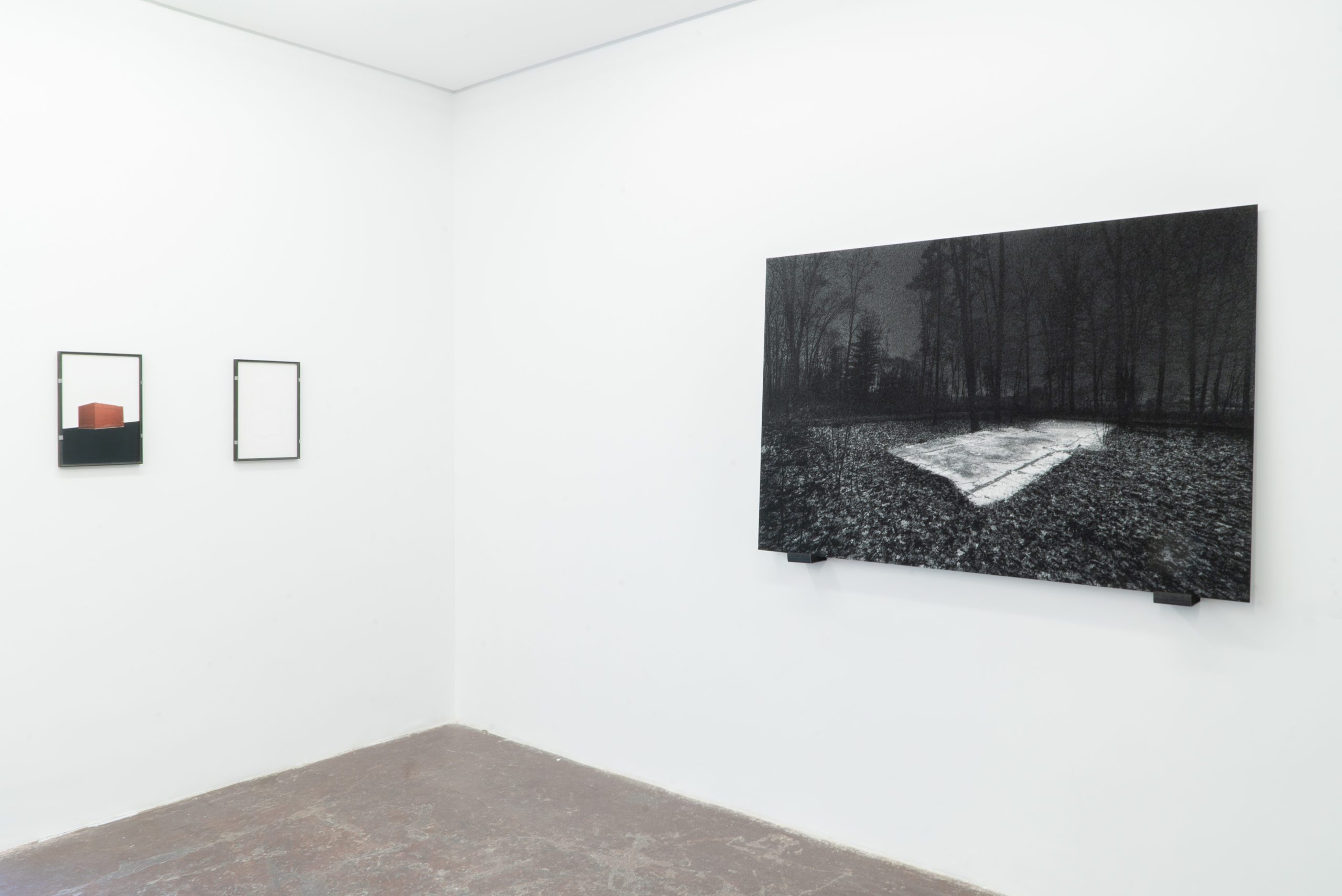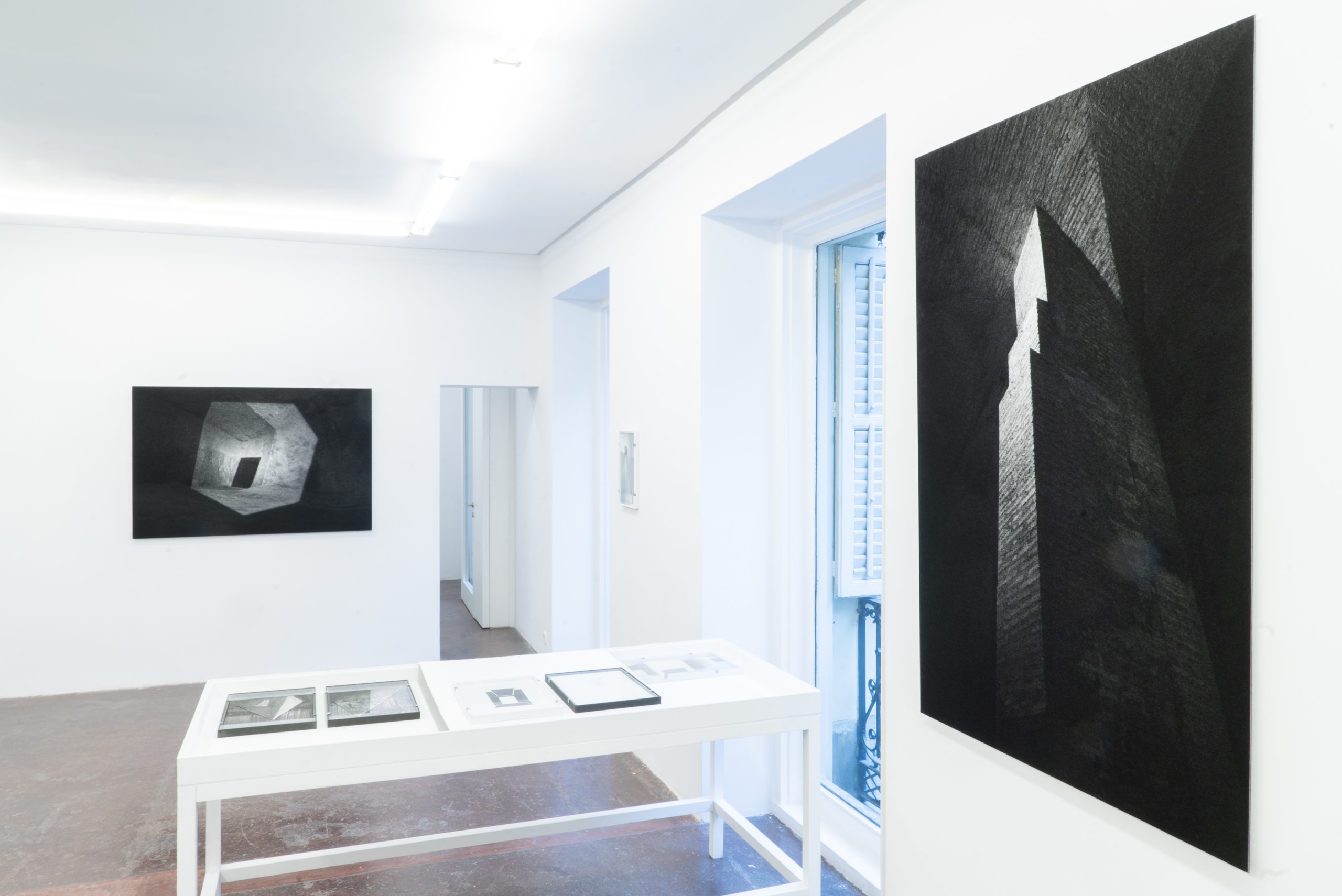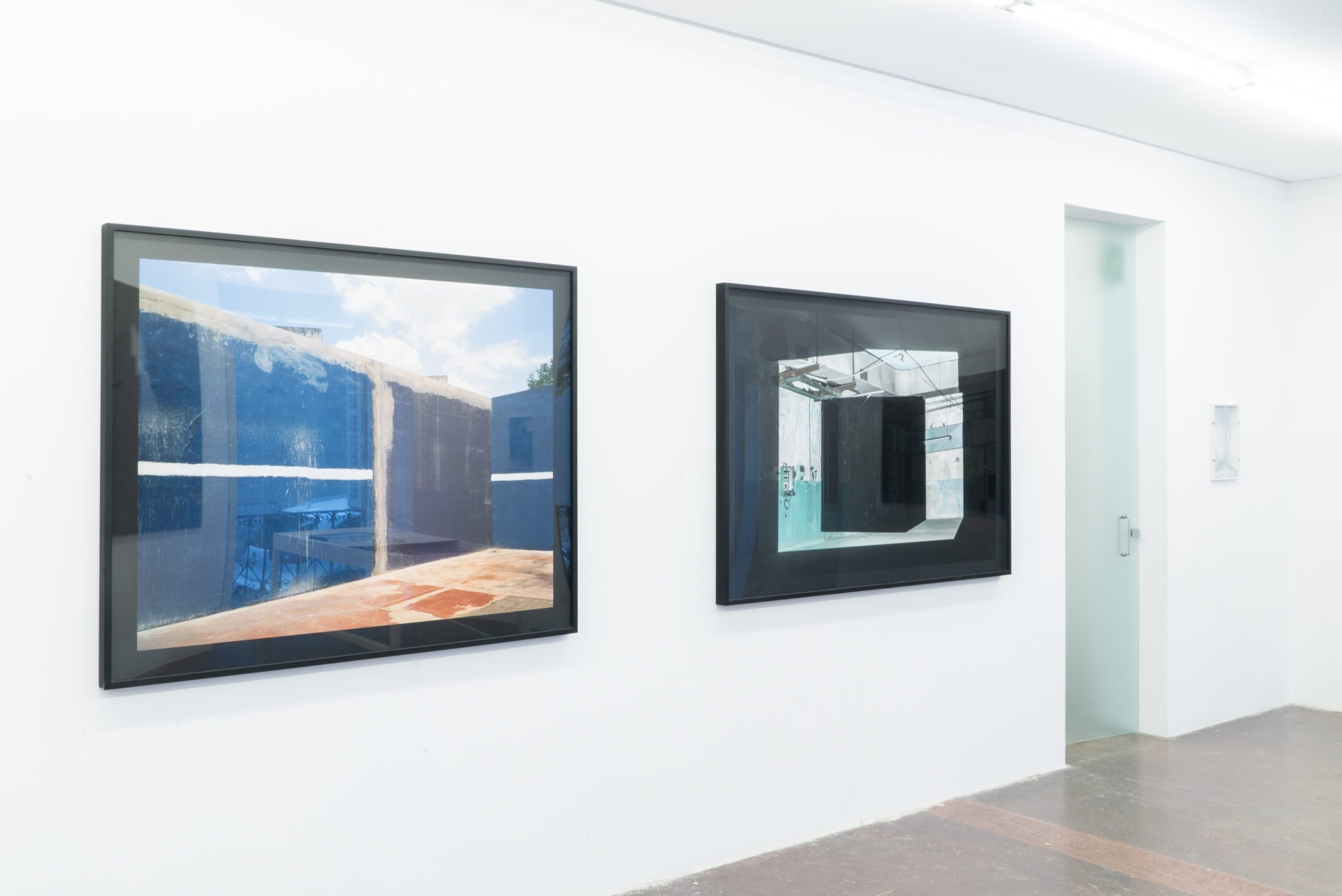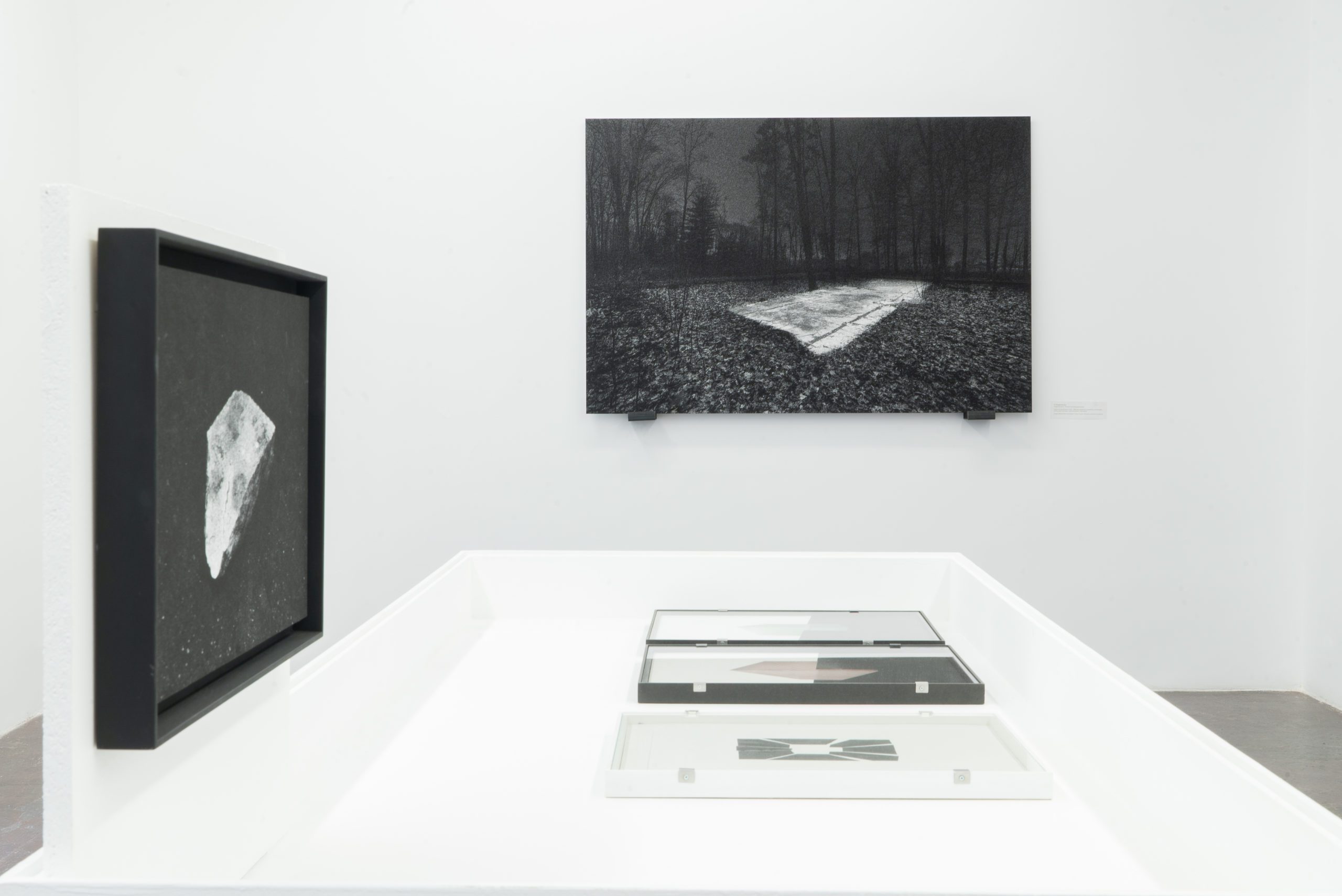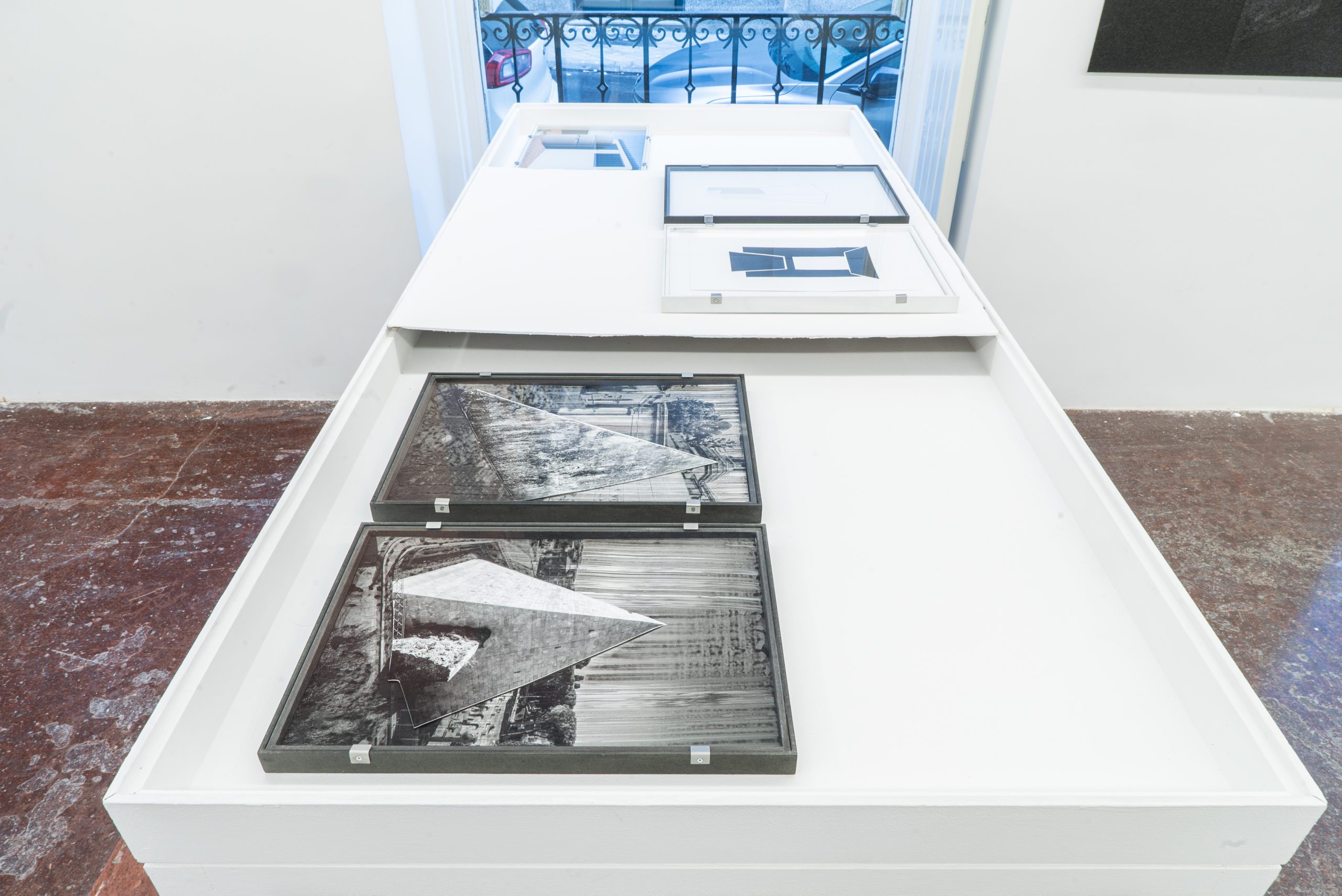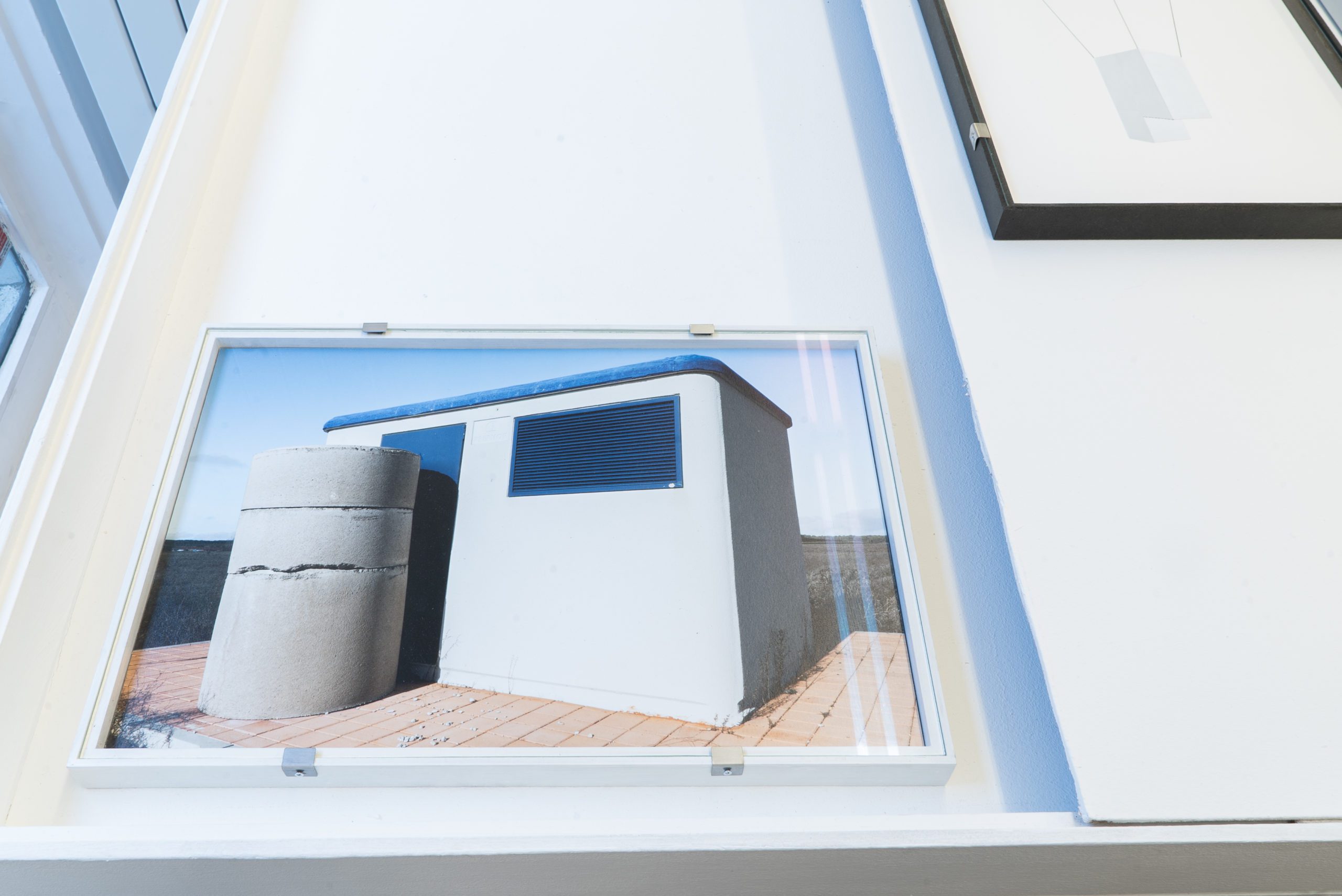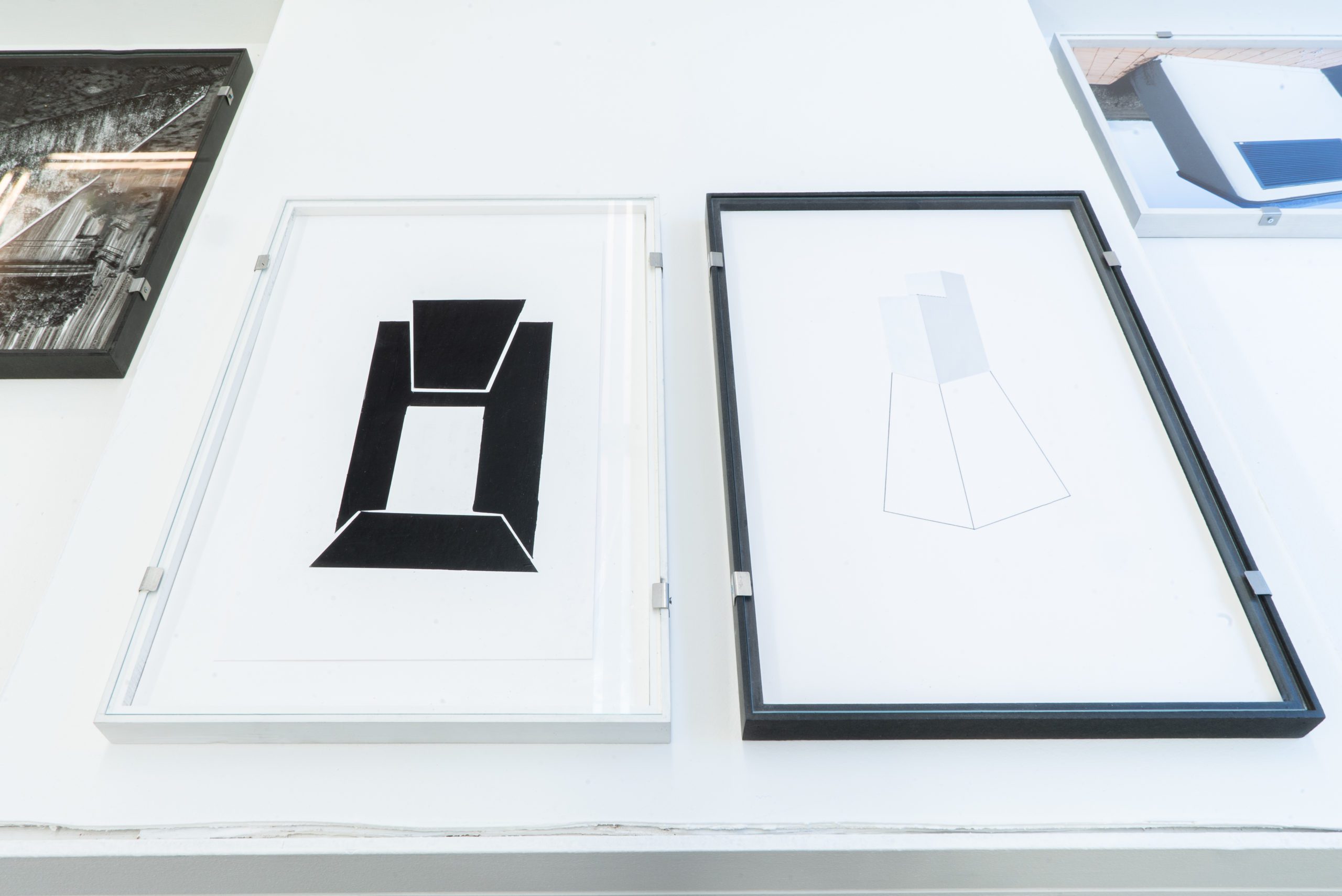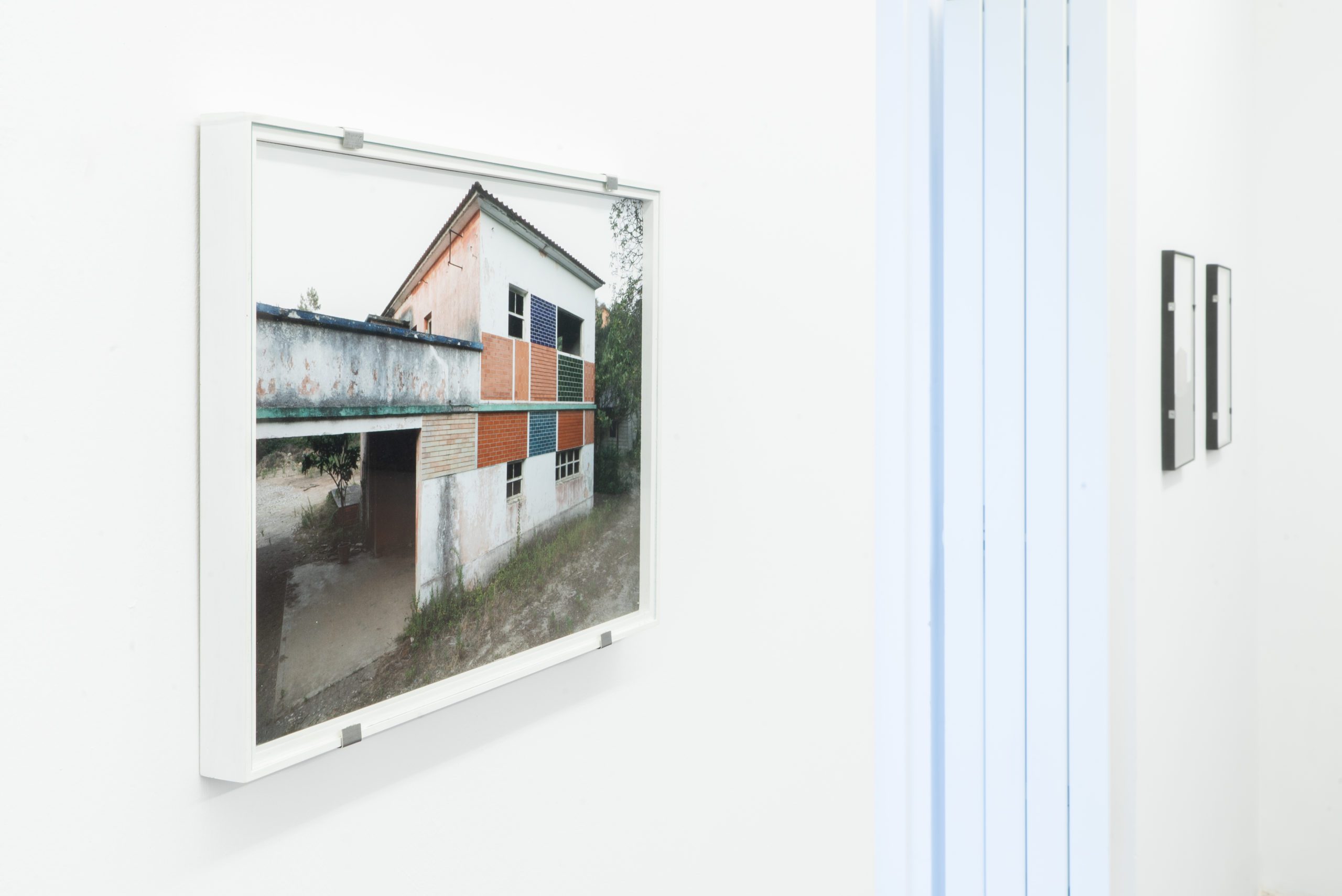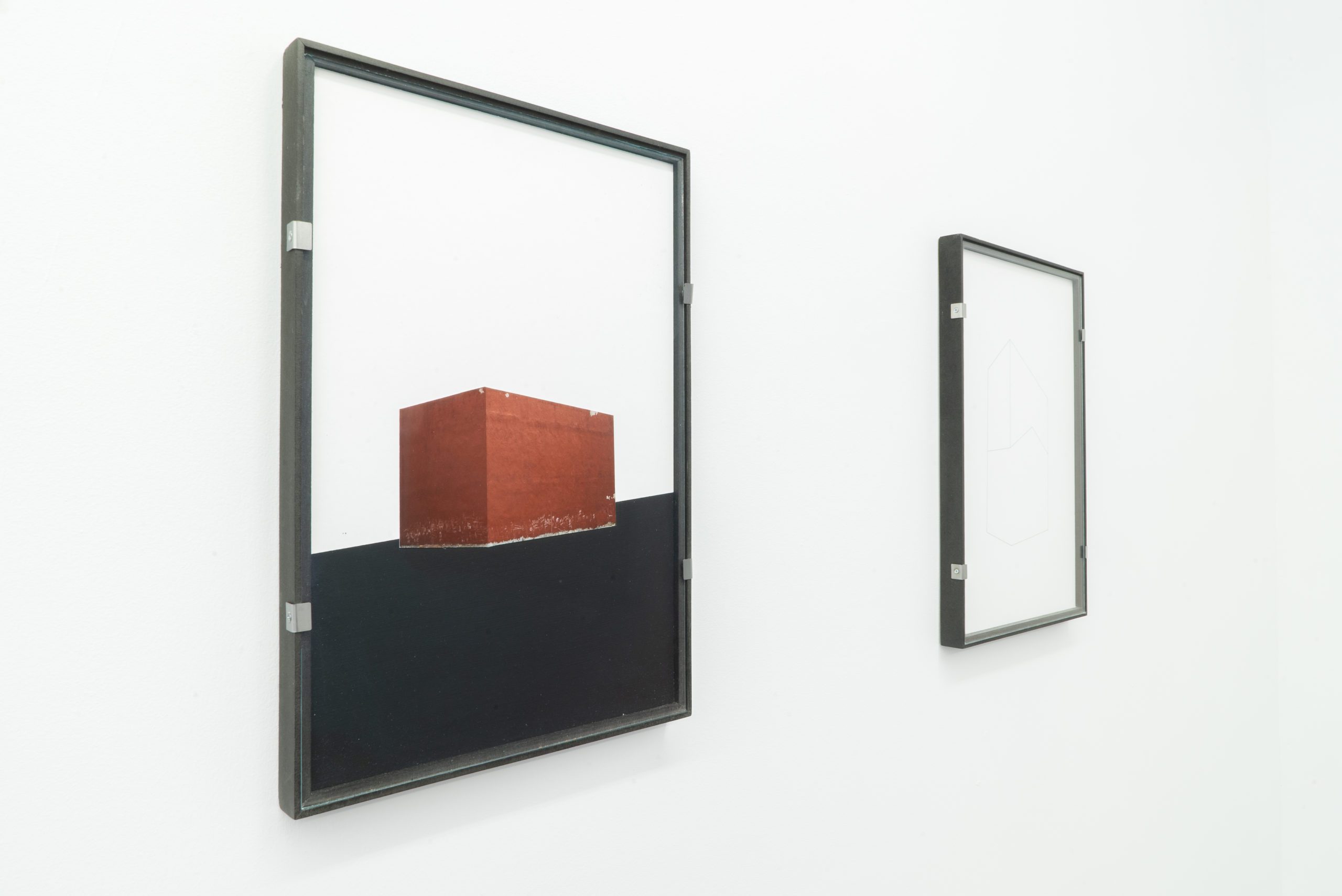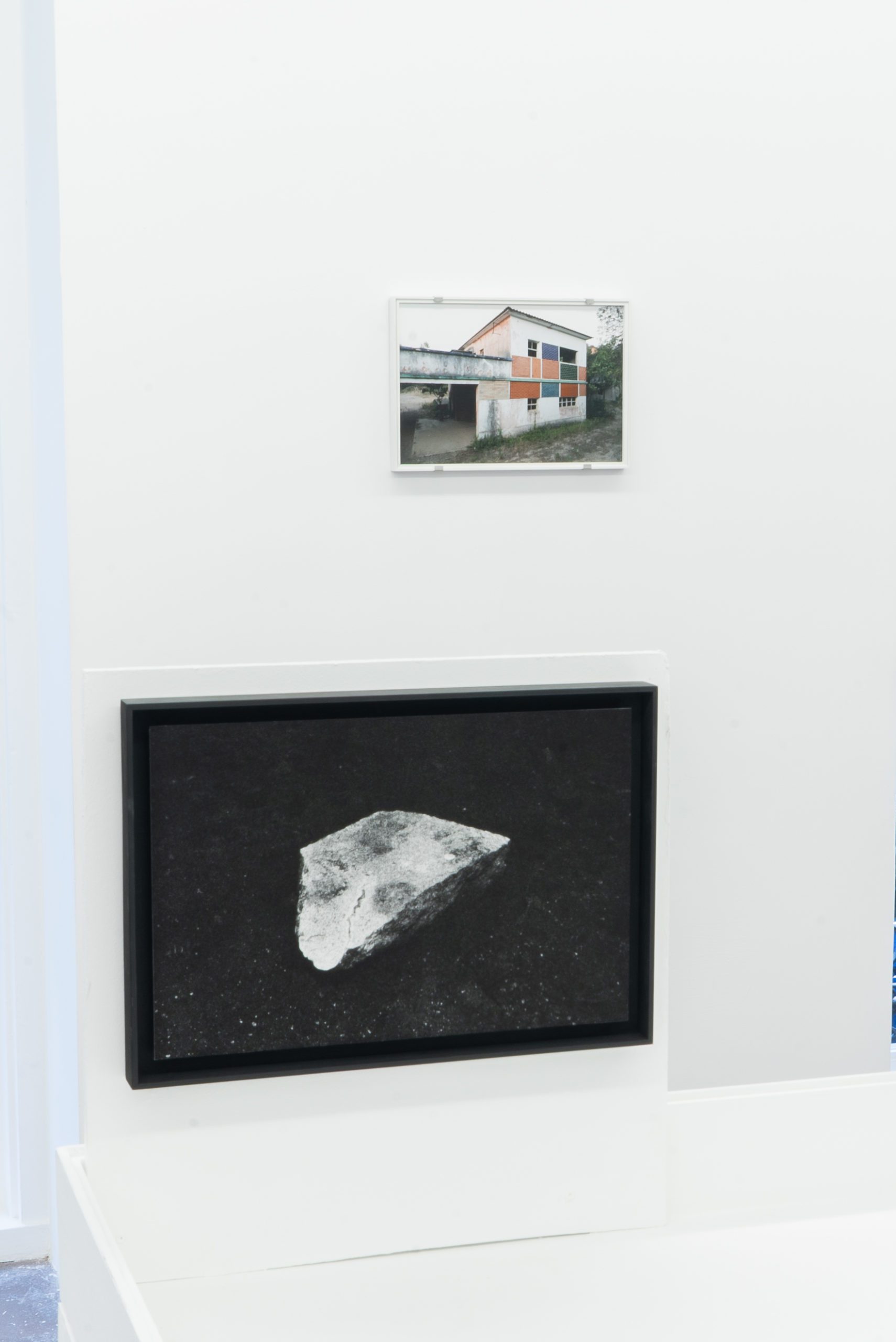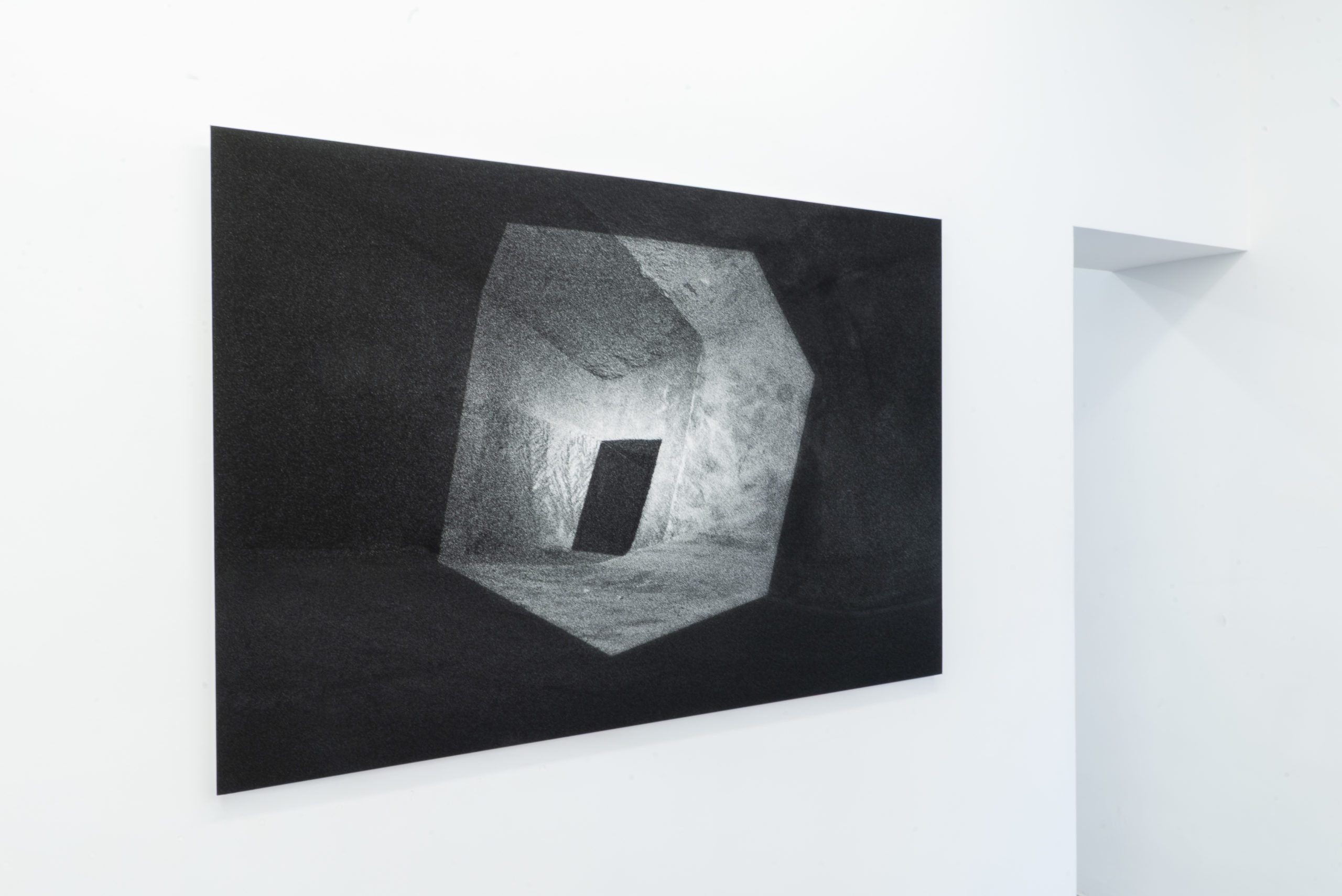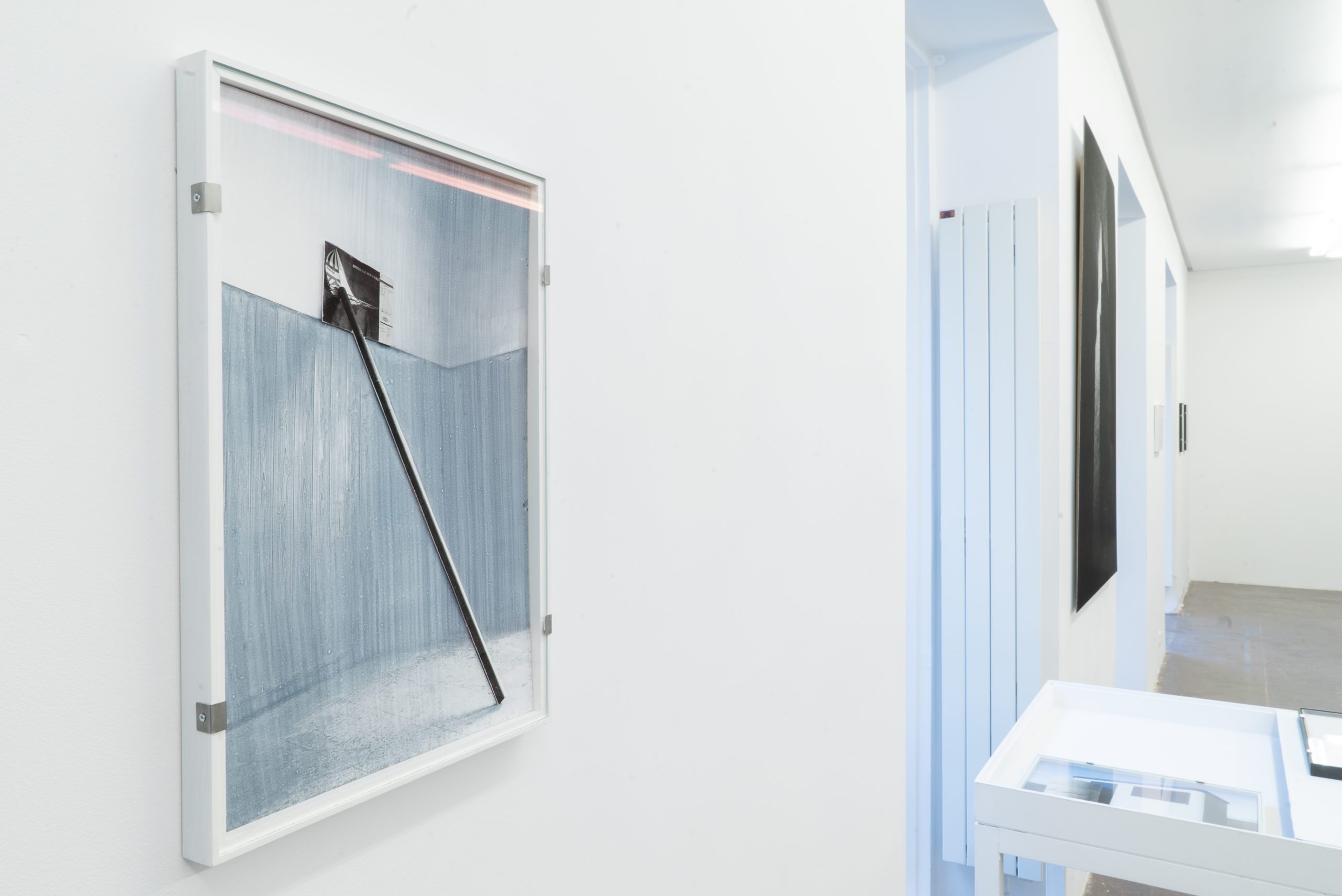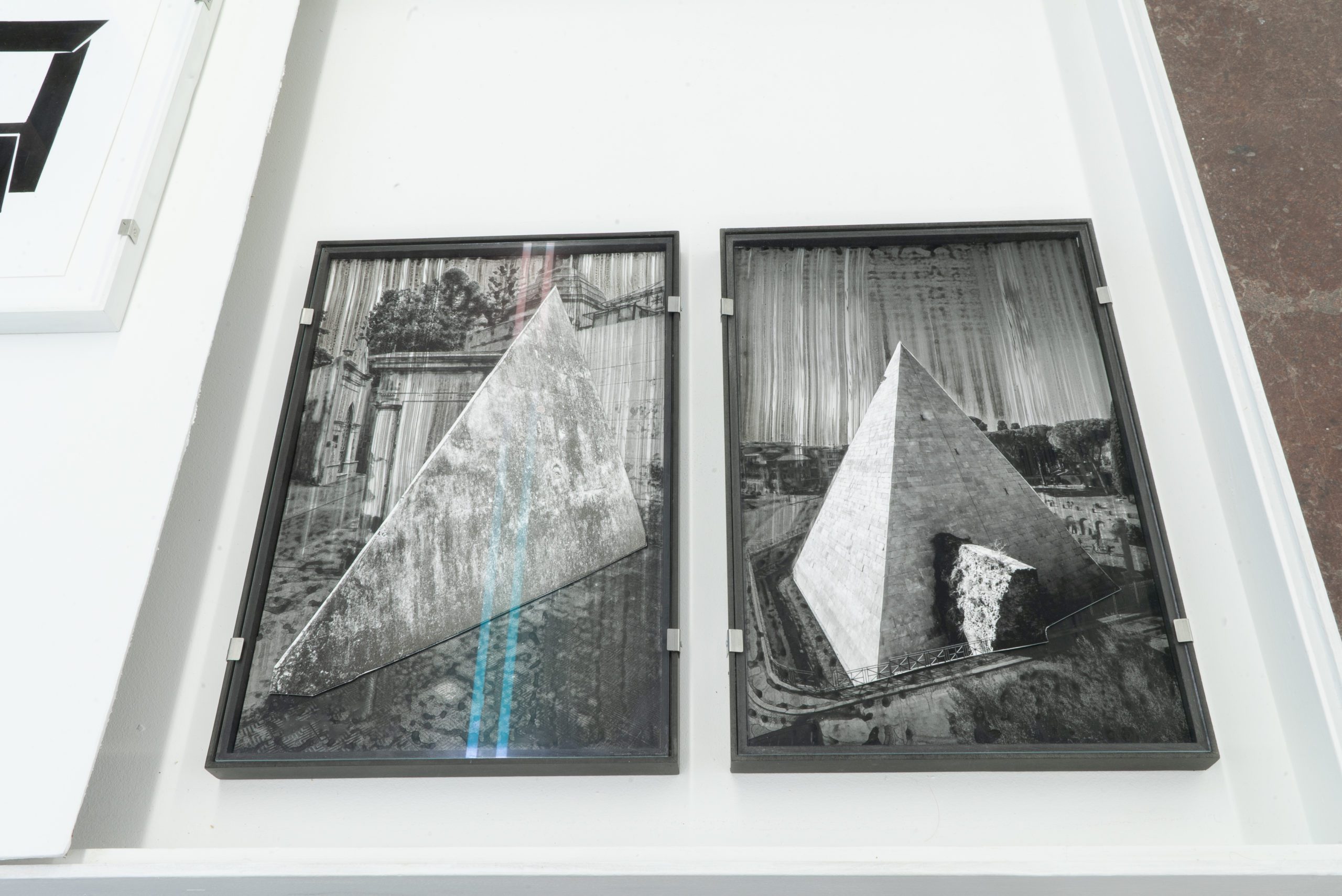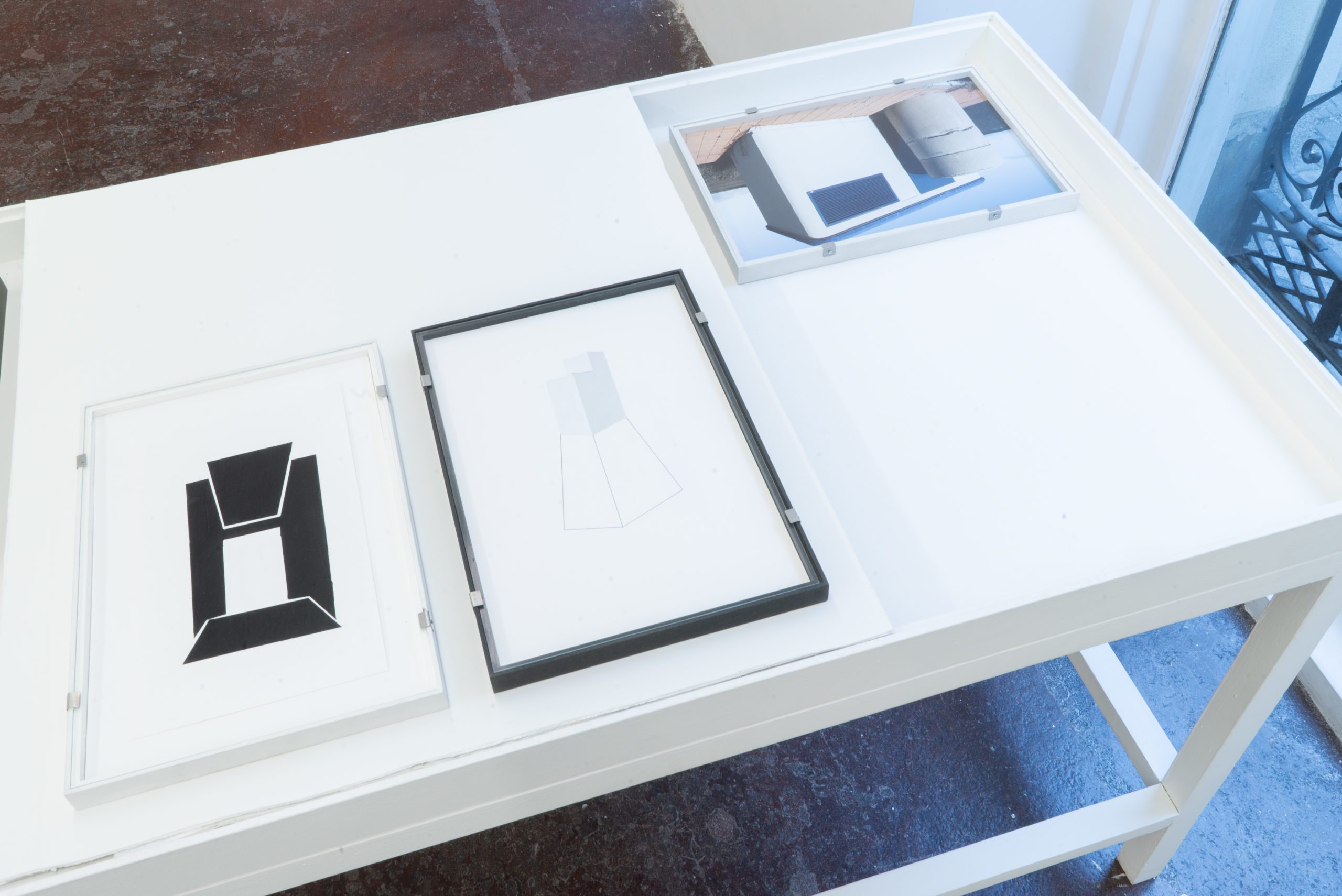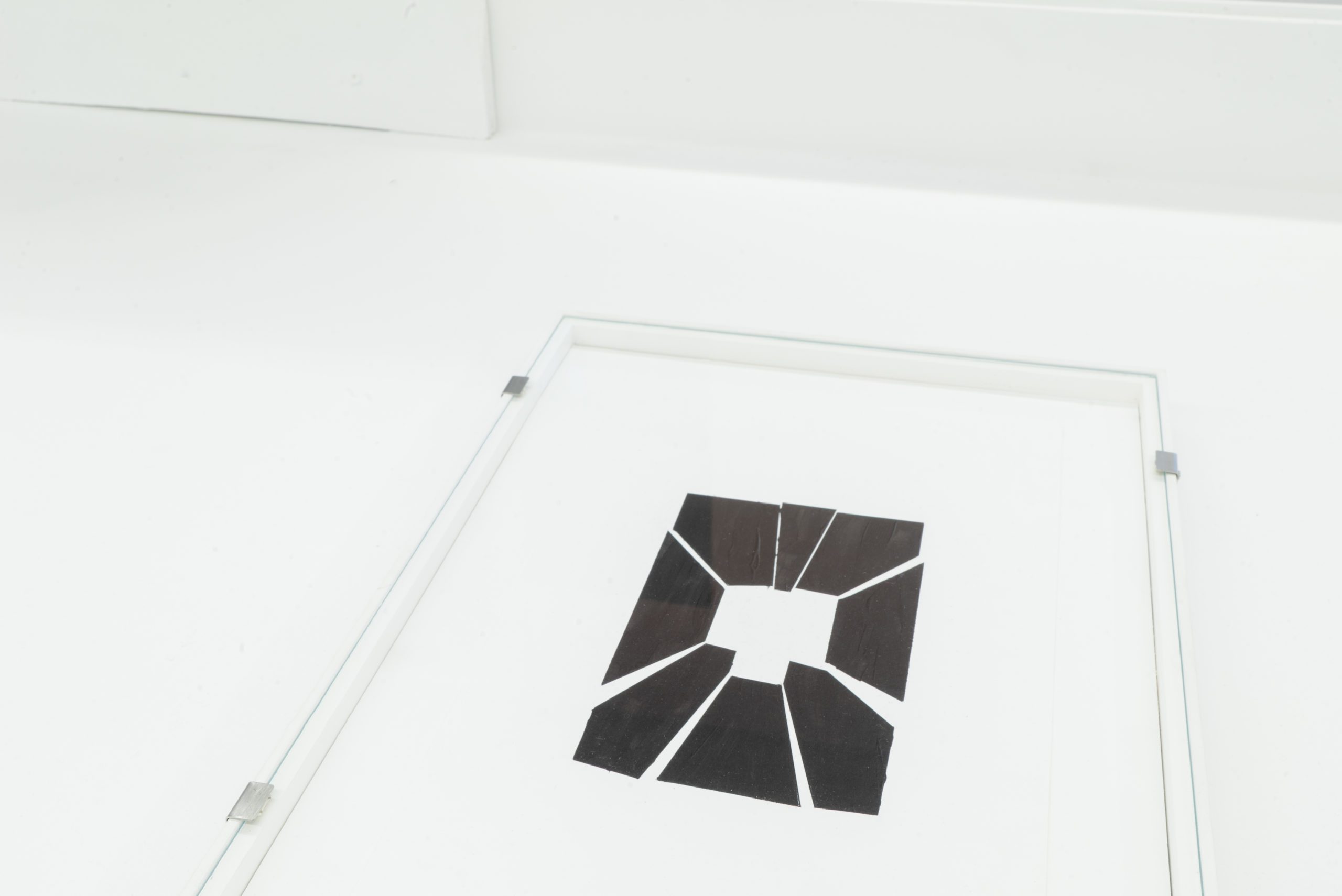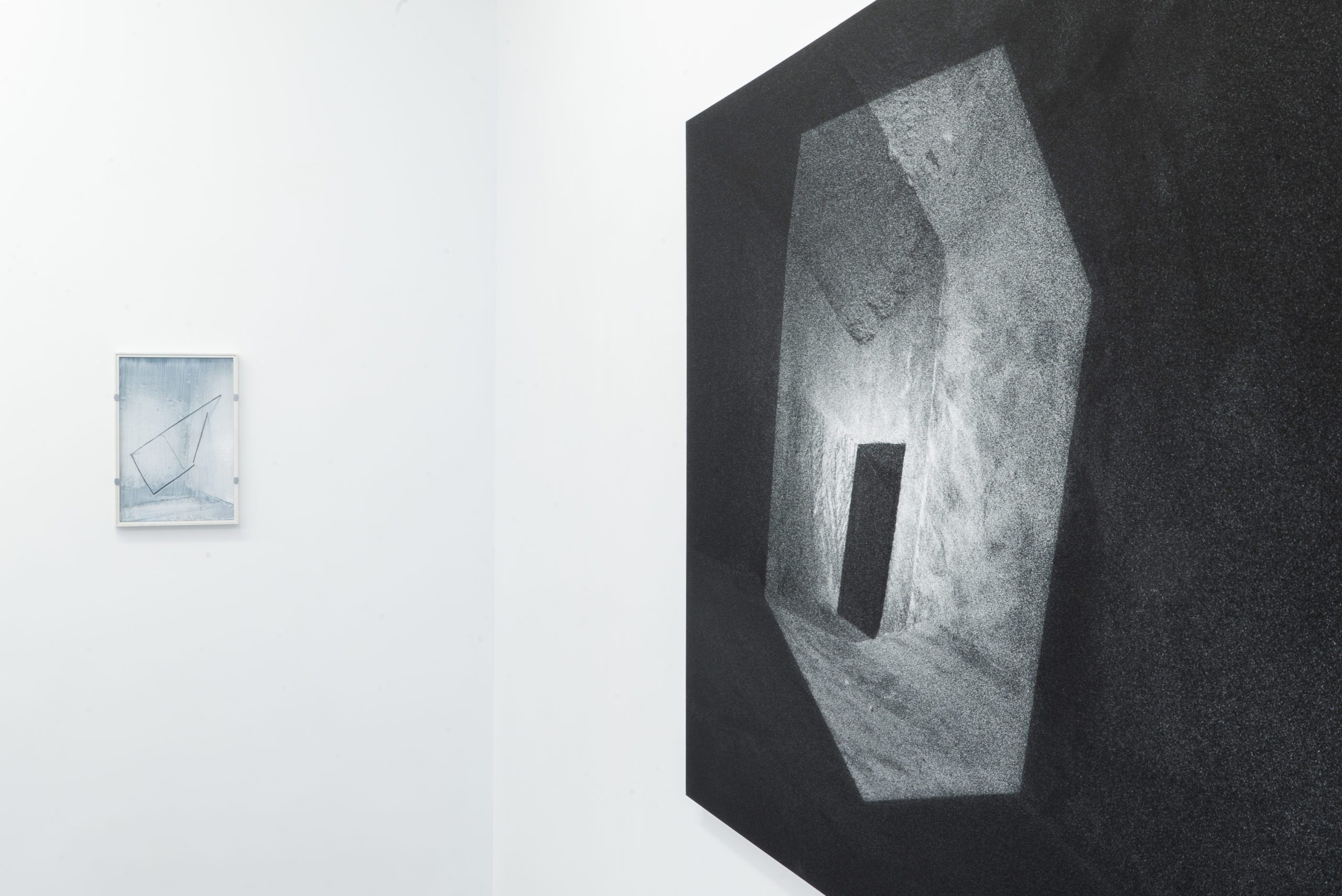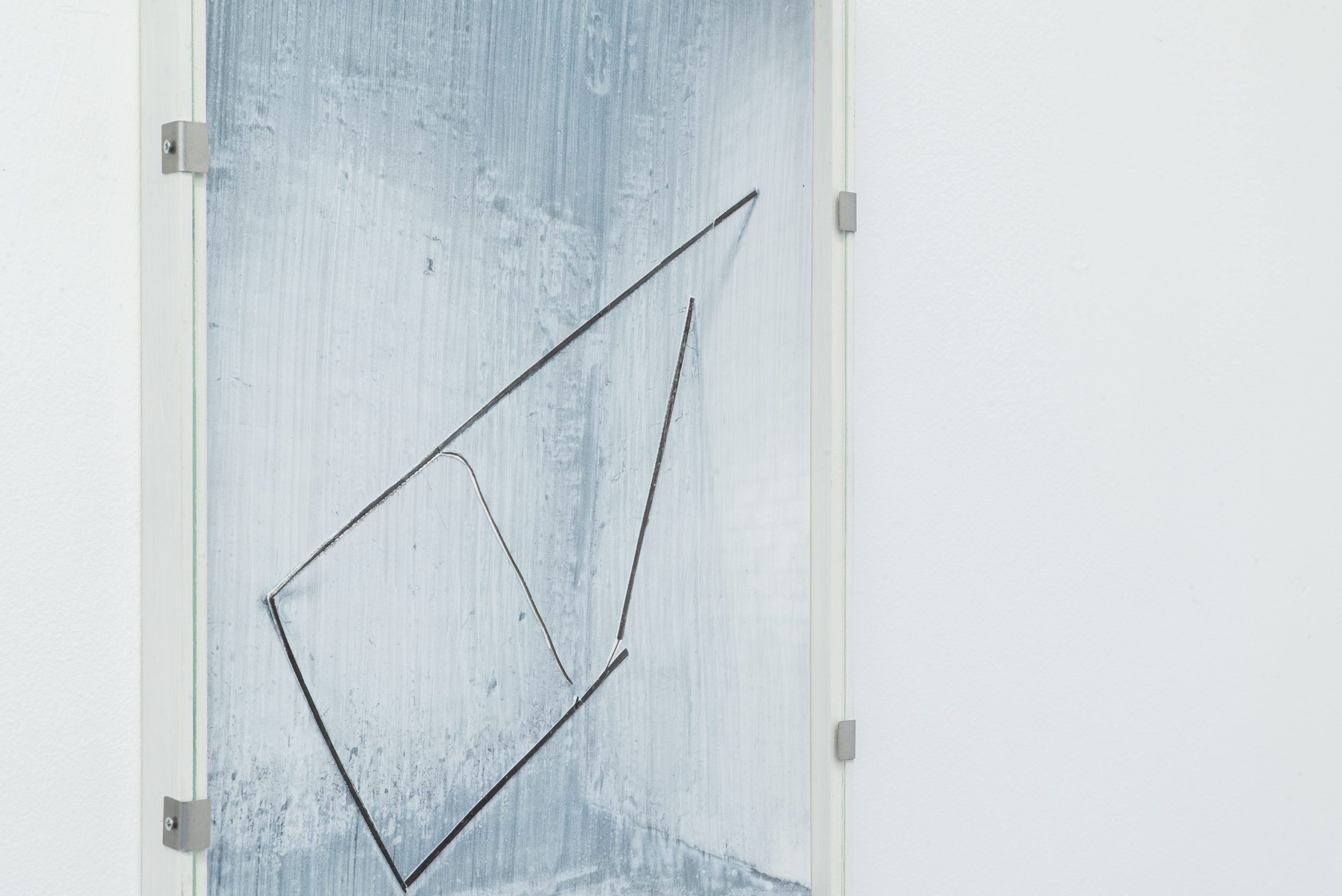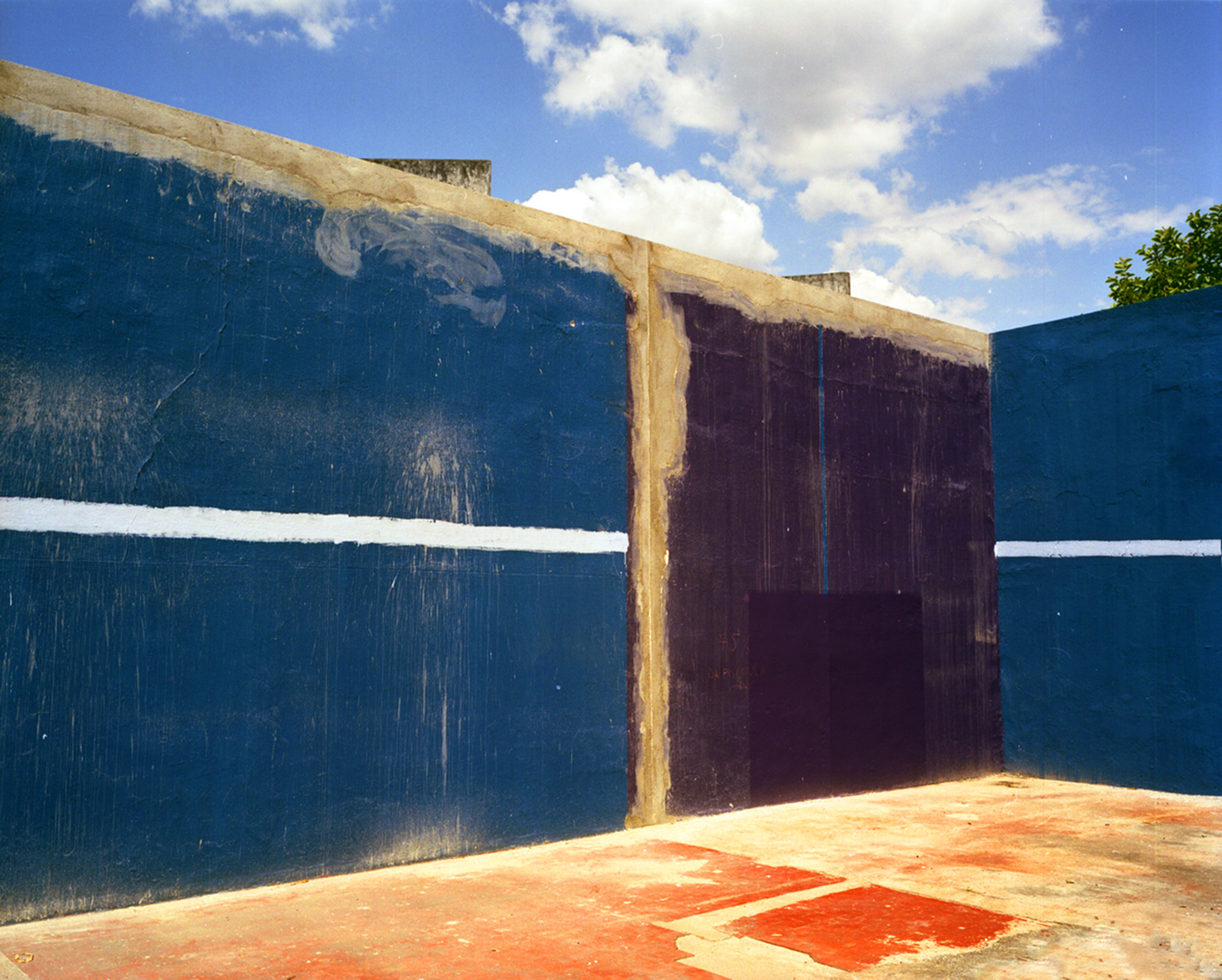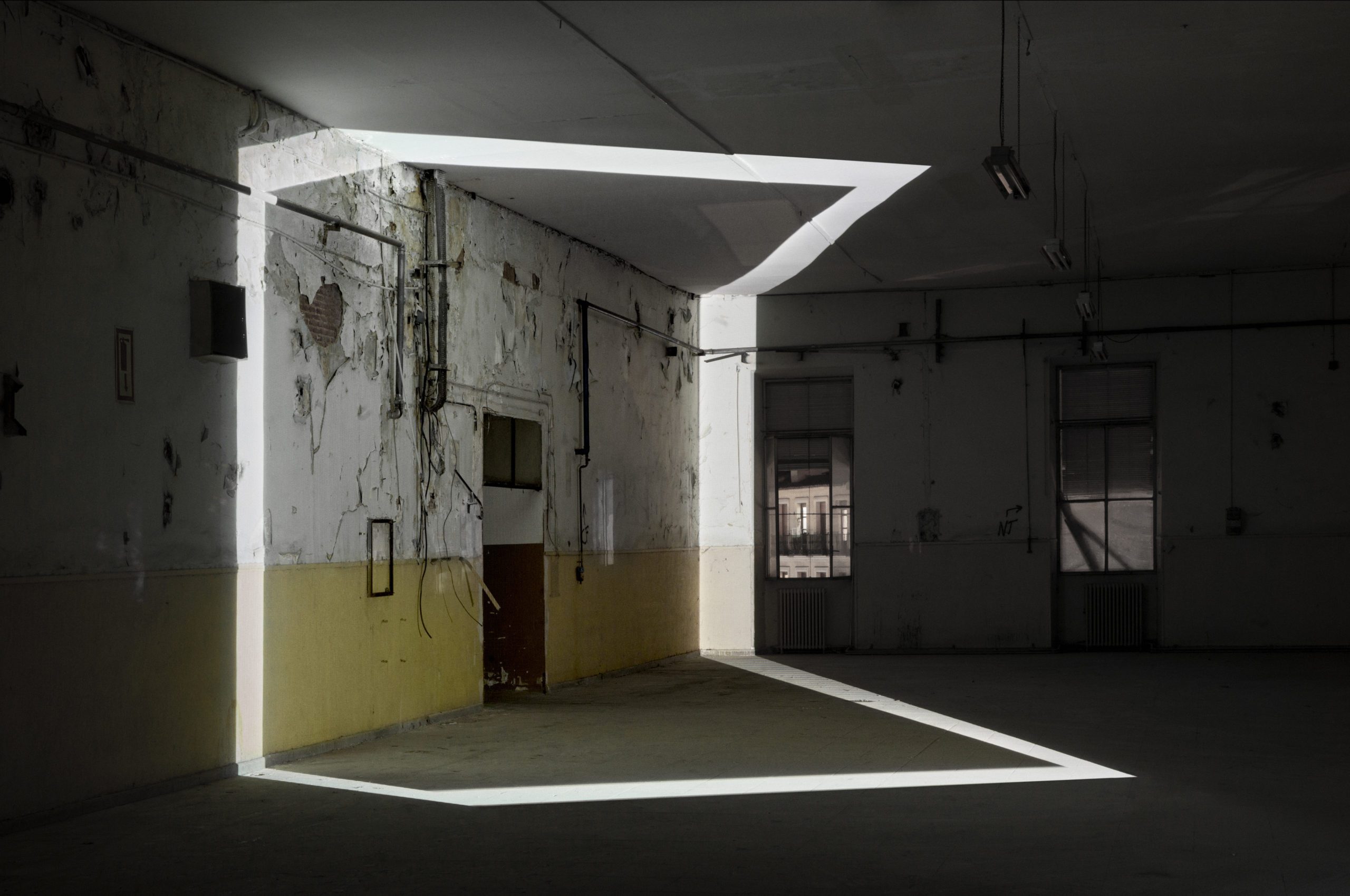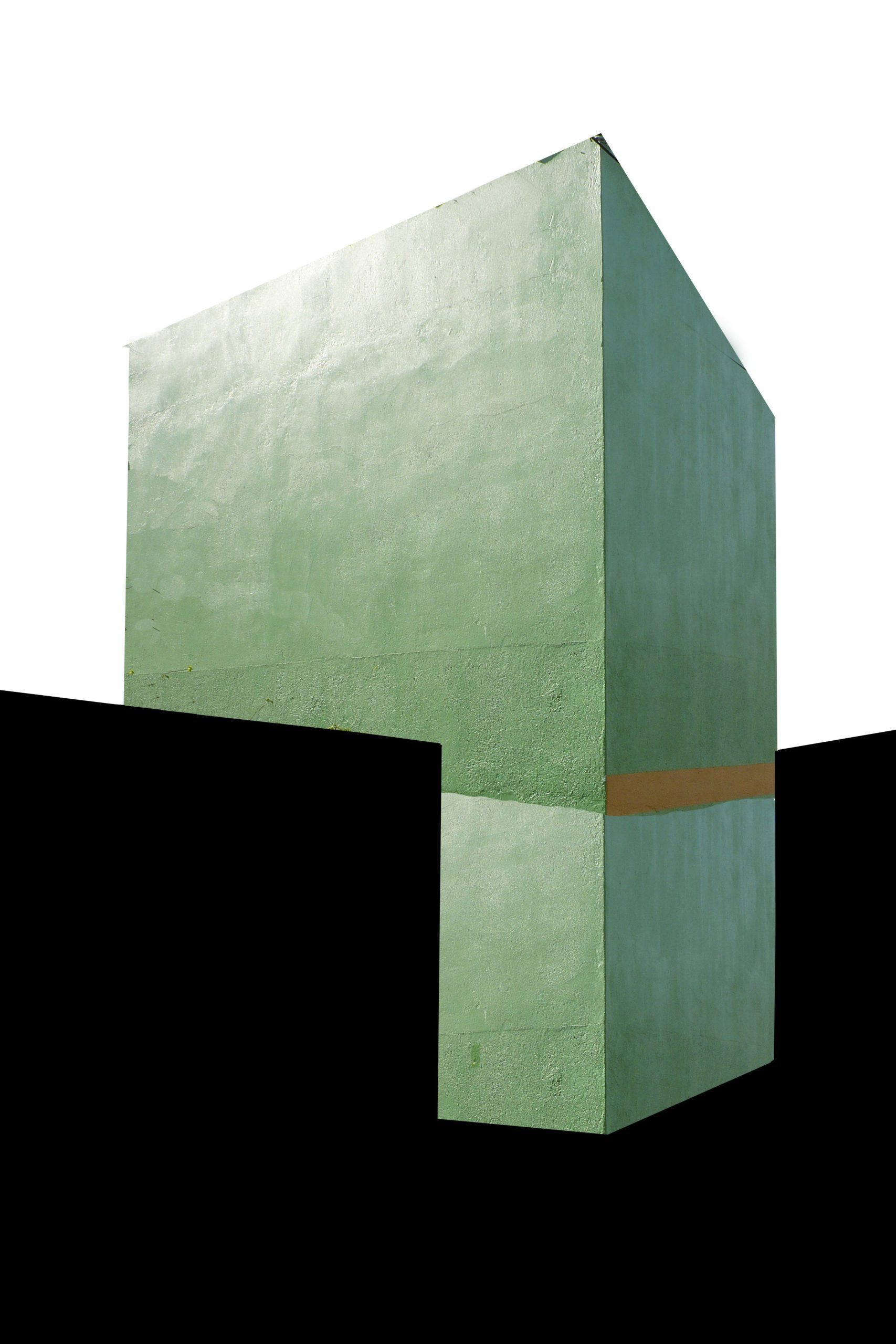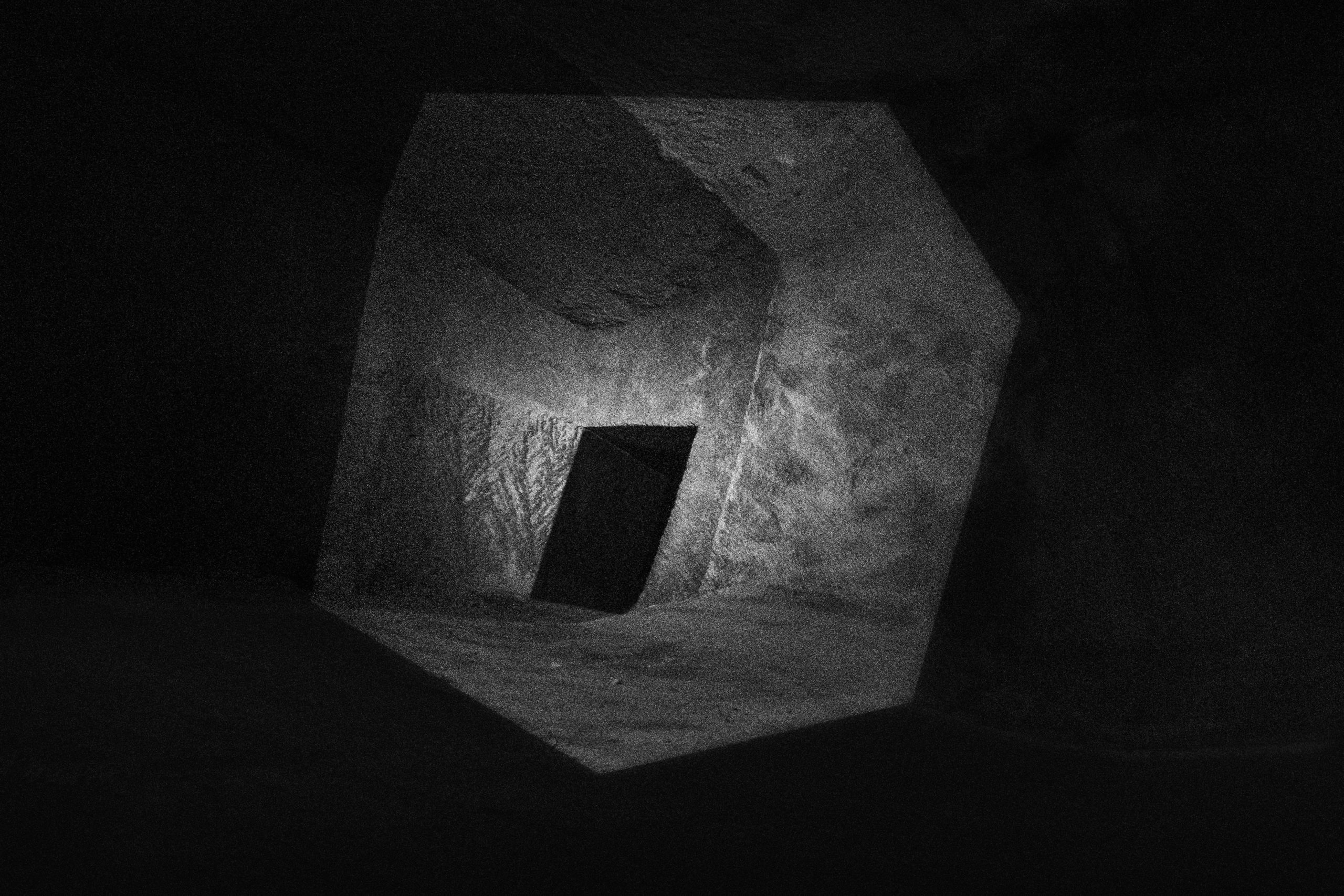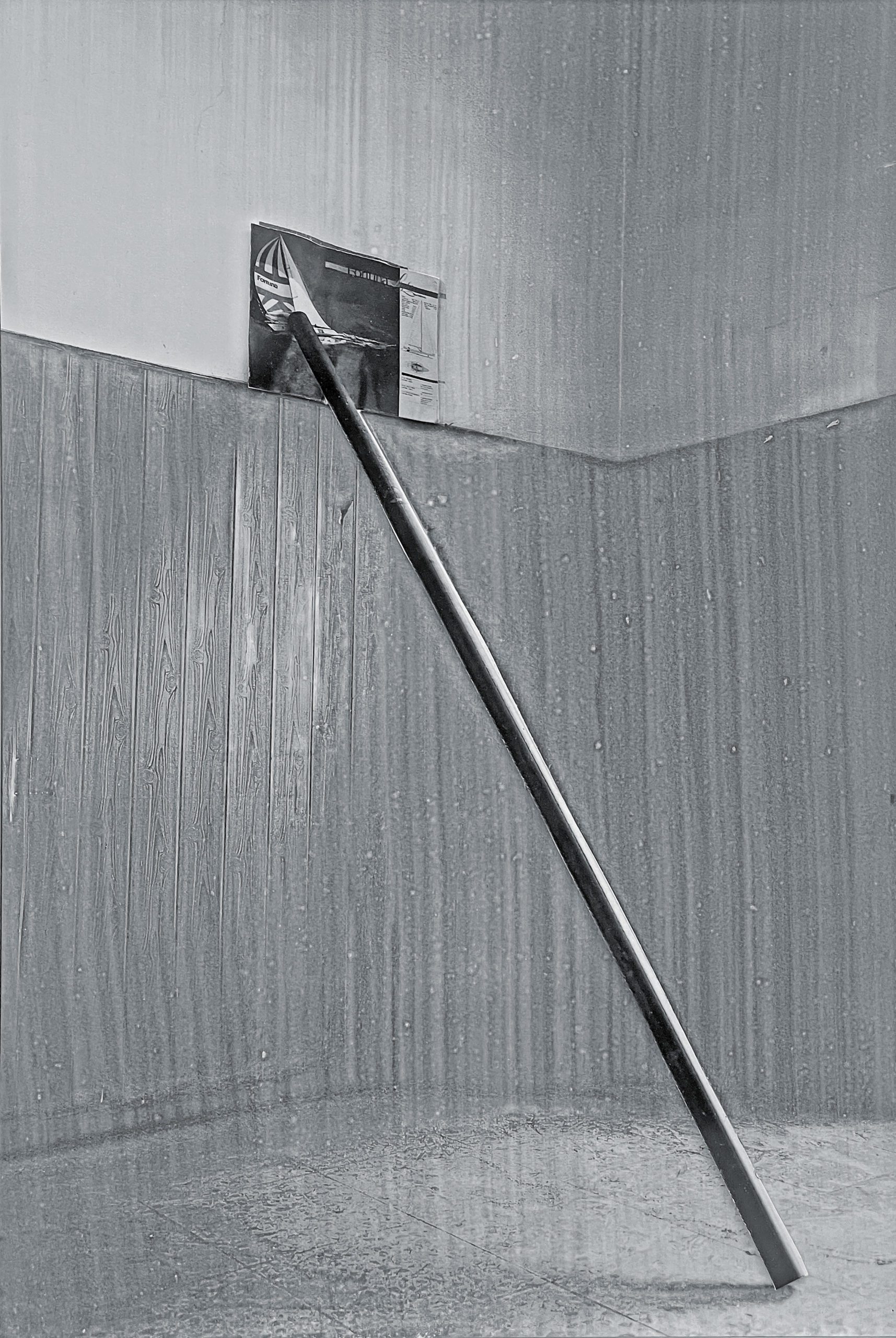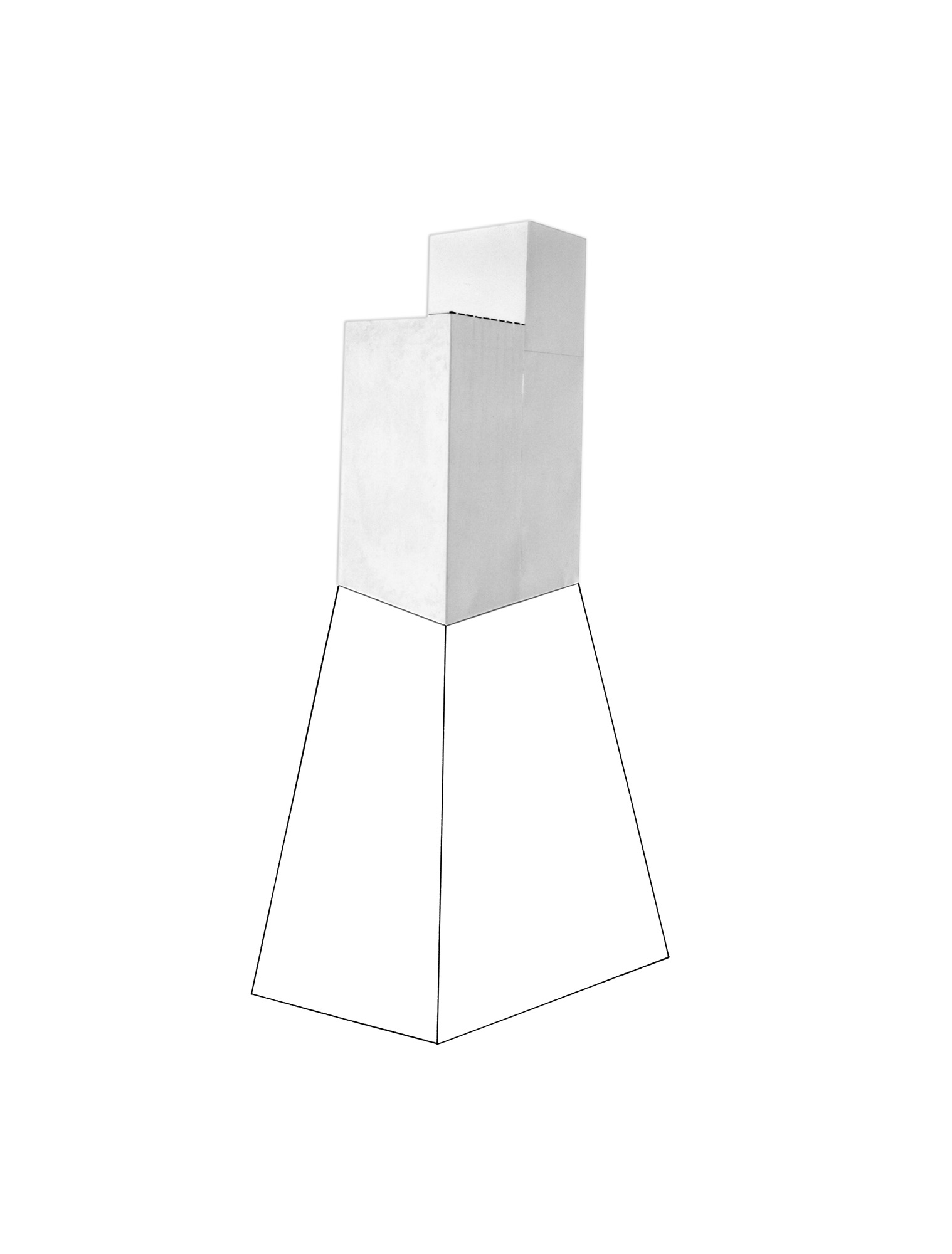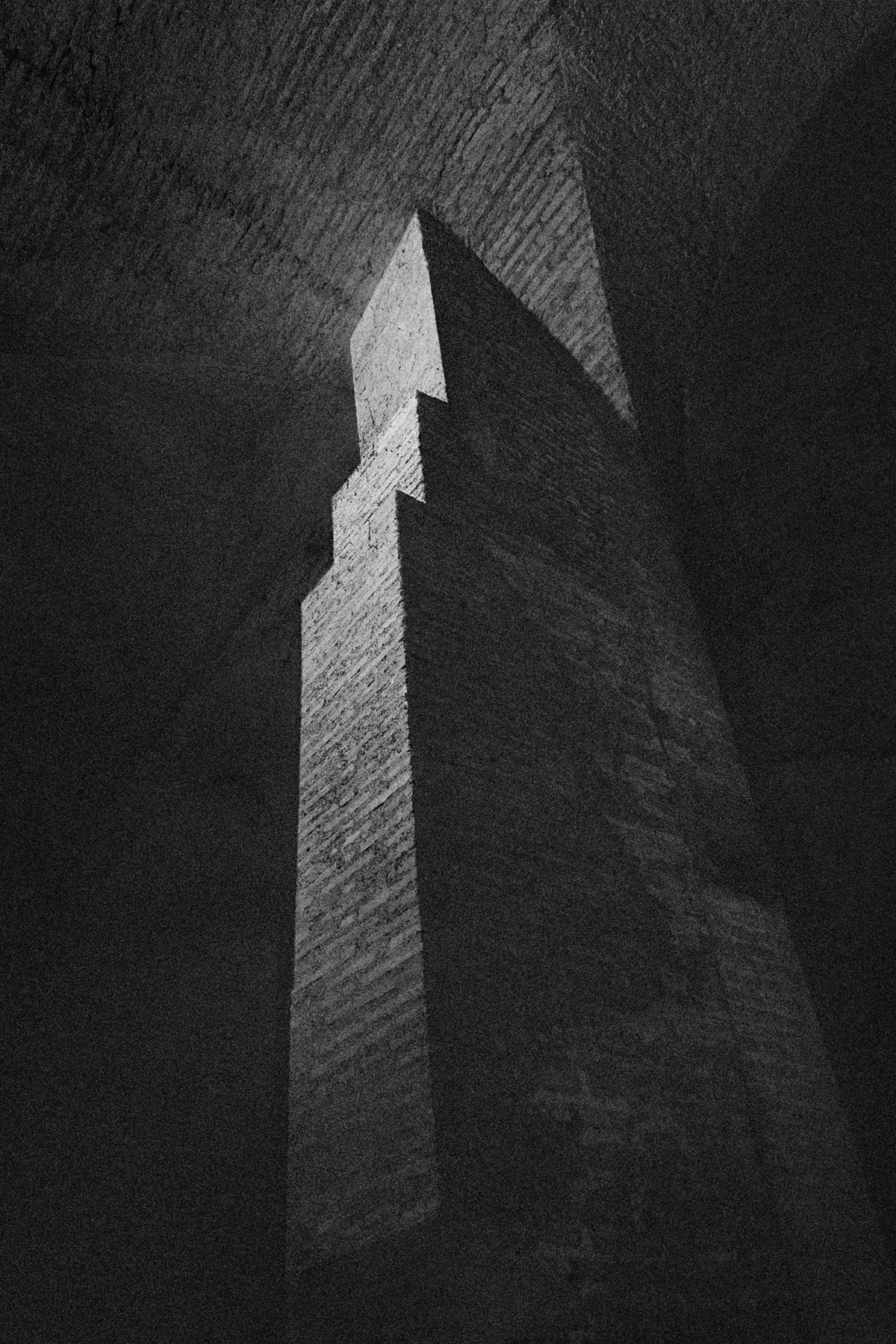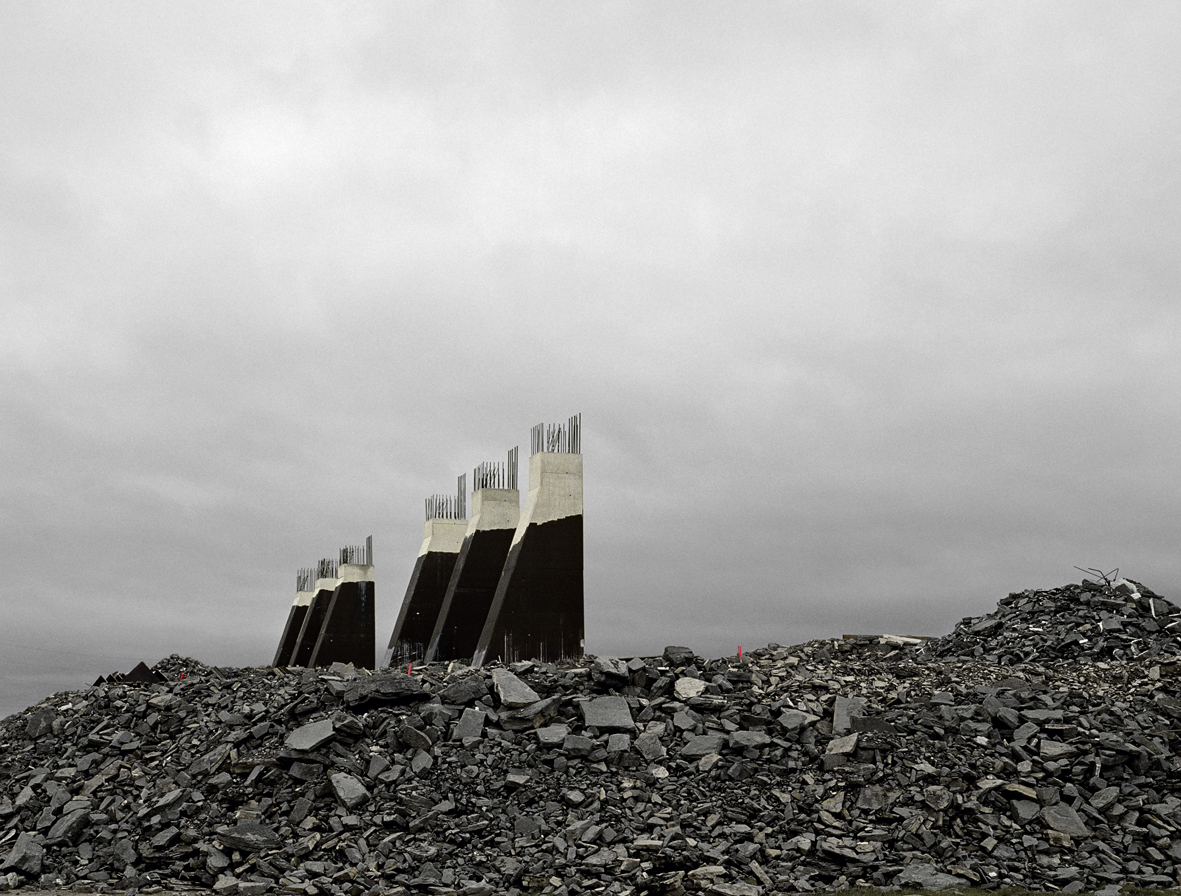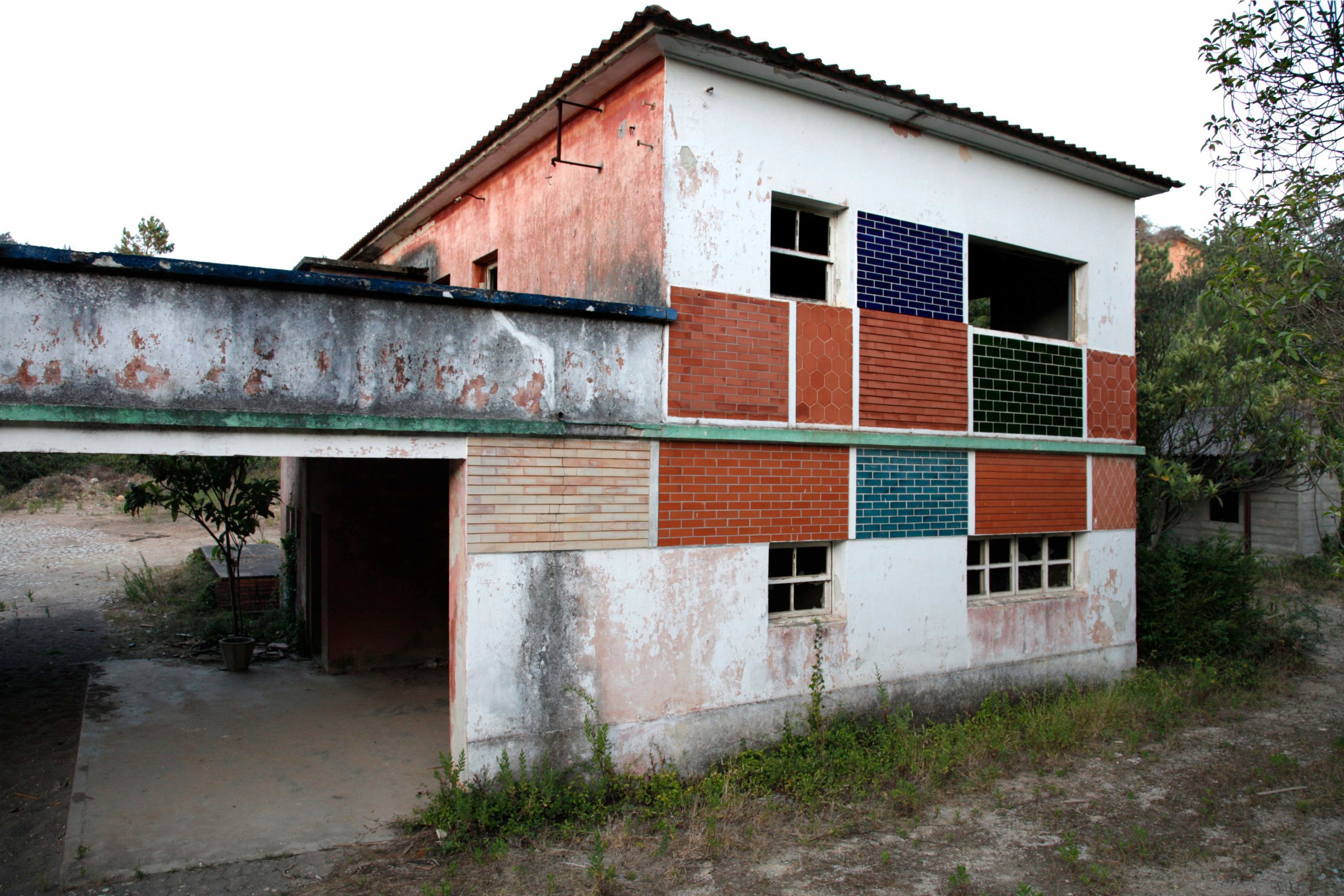Exposiciones /
NICOLAS COMBARRO. QUAD. AL FONDO, A LA IZQUIERDA
La práctica de Nicolás Combarro se fundamenta en la tentativa insistente, en el ejercicio continúo, en una acción repetida y documentada. En la selección transversal entre varias de sus series para este episodio de Interludios, la insistencia se centra en una única forma para desplegar múltiples aproximaciones a una constante.
Dentro del catálogo de imágenes que crea y del que se nutre el artista, esta conversación expositiva se fundamenta en un cuadrado, un rectángulo, dos triángulos que se oponen para volver a formar una composición de cuatro lados… Campos de color, líneas de acotación, geometrías que son formas que se desarrollan sobre un fondo continuo.
El asalto a la forma, su seguimiento, composición y descomposición, permite recorrer esos fondos. Fondos que son paisajes específicos y que el artista busca. Busca o le salen al encuentro, que es lo que le sucede al ojo entrenado y atento. Si las formas remiten a referentes de la Historia del Arte que oscilan entre la tridimensionalidad y la bidimensionalidad –de El Lissitzky y Schwitters a Kounellis o Miguel Ángel Campano– los fondos se vinculan a una posición determinada frente a lo abandonado, dejado de lado, ocultado u olvidado, a una visión política de recuperación, reconocimiento, revaluación y restauración. Forma que es postura al cuadrado.
El fondo salta y resuena como plano principal, como la acción artística que se documenta en las imágenes. Las piezas de las series Línea, Línea de sombra, Arquitectura espontánea, Desvelar/desplazar, Sotterranei y la Materia del silencio, crean a través de las acciones realizadas, de un movimiento pictórico, escultórico o lumínico: intervenciones puestas en escena, ya sea en edificios industriales, estructuras abandonadas, creaciones al límite de lo imaginable, basamentos ocultos o arquitecturas de represión borradas de la memoria colectiva.
En su análisis sobre la observación estética, un texto que pregunta el porqué de mirar algo más allá de su belleza, Paul Ziff se refiere a la pieza que Samuel Beckett realizó para la televisión en 1981, Quad: “Las obras de arte modernas suelen requerir una atención prolongada y continua para poder apreciarlas. Lo mismo ocurre con un caimán que toma el sol en la orilla fangosa de un pantano. Todo lo que se observa exige algo a cambio” [1]. El ejercicio del dramaturgo también se estructuraba en torno a un cuadrado, con cuatro personajes que lo recorrían en una seriación de cadencias. Un “ballet para cuatro personas” que derivaban cada uno en un movimiento y un ritmo determinado, siempre evitando el contacto entre ellas y el área central, denomina “zona de peligro”.
Ahora, desde la “zona de peligro”, observar atentamente las derivas que Combarro ejerce en cada trabajo, permite desvelar ese fondo.
Marta Ramos-Yzquierdo
[1] Ziff, P. (1984). Anything Viewed. In: Antiaesthetics. An Appreciation of the Cow with the Subtile Nose. Synthese Library, vol 174. Springer, Dordrecht.
Nicolás Combarro
ST. Sotterranei (cantera bajo Via Appia, caffarella)
2018
Fotografía B&N. Impresión de tintas pigmentadas sobre papel Hahnemühle
110 x 165 cm
Ed. 1/3
Nicolás Combarro
ST. SNIUR (ejercicio escultórico en Tabacalera I)
2025
Fotografía pintada con acrílico. Impresión de tintas pigmentadas sobre papel Hahnemühle
43 x 30 cm
Ed. 1/5
Nicolás Combarro
ST. Arquitectura Espontánea (croquis I)
Collage y dibujo a tinta negra sobre fotografía. Impresión de tintas pigmentadas sobre papel Hahnemühle
43 x 30 cm
Ed. 1/7
Nicolás Combarro
ST. Sotterranei (Pasaje Borbónico, refugio antiaéreo)
2018
Fotografía B&N. Impresión de tintas pigmentadas sobre papel Hahnemühle
165 x 110 cm
Ed. 1/3
Nicolás Combarro
ST. Serie negra I (pintura impermeable negra)
2008
Fotografía color. Impresión de tintas pigmentadas sobre papel Hahnemühle
125 x 160 cm
Ed. 1/5
Nicolás Combarro
ST. Arquitectura Espontánea (fotografía I)
2017
Fotografía color. Impresión de tintas pigmentadas sobre papel Hahnemühle
30 x 43 cm
Ed. 1/7
> DOSSIER (PDF)
